Making the master:
I have started out with some hard wood from the old windows of my house. First problem to tackle the dimensions of my lathe, distance between centres is only 400mm, so I decided to make the master out of 3 pieces, each piece consisted out of two halves bolted together so I could separate them after the piece was shaped on the lathe. After the three pieces were shaped the halves have been separated and glued together resulting in a top half and bottom halve master.
The pieces were turned on the lath by hand. As a novice in wood turning I first made the pieces cylindrical and then made an recess every 10mm till I reached the correct diameter and finally removed the remaining material between two recesses. Next step was sanding the pieces, this resulted that everything was covered with a nice red carped of dust in the basement/my workshop. And as I left the door to the basement open the carped of dust continued into the living quarters of the house.
The pictures below showing the master halves; Cleary visible are the glue seems and boltholes for holding the halves together in the lathe process. The traces of bolts in the centreline of the master are remnants of the bolts applied for the centres of the Lathe. The masters have been coated with filler.

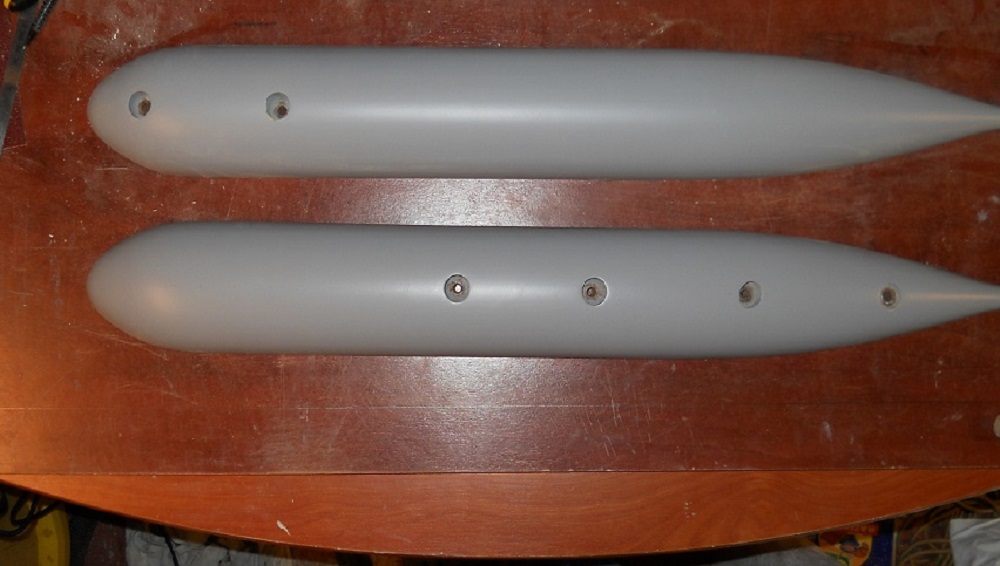
This picture shows the plugs for filling the boltholes in the master (made out of a broomstick). Afterwards more sanding also the flat surface of the master halves to get an even seem between them.
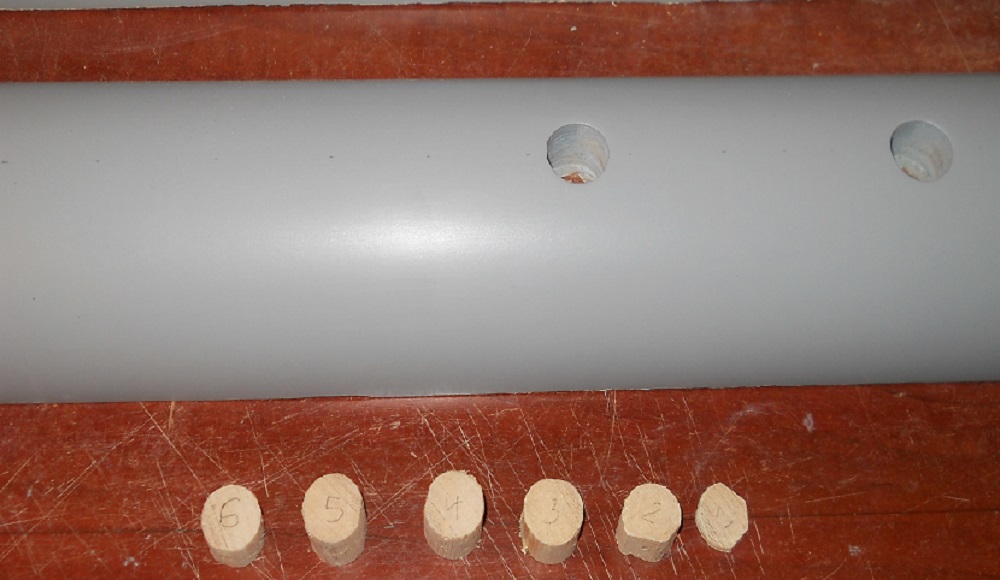
The plugs were glued in the bold holes with epoxy glue so far so good. Remaining gaps were filed with the same glue. Master halves where sanded and primer was applied.
The flat rear deck I have constructed out of a piece of 3mm Polycarbonate sheet….sanded one end till I had a sharp edge for the rear transition with the hull. I have attached the flat deck to the hull by means of screws, one every 30mm , so it followed the radius of the hull nicely. The gaps at PS and SB side, between the hull and the flat deck, I decided to fill up after the sail was installed.
On the sail I have cheated a little bid. A few years ago I have purchased a D**AS kit, never assembled it as it did not meet my expectations. I took the sail of the D**AS kit and used it on my present build. It was glued in place by means of epoxy glue.
I also used the stuff to get the curved transition between the hull and sail and hull and flat deck. I thought this would do the job…..it did till I went sanding the stuff in shape. I will keep it polite…..never again that stuff is very hard to sand and the result is poor…surface can be compared with that of the moon . I have tried to rectify it by means of filler but the attempt has crashed and burned; see picture below.

So I went to looking for another product to finish the job. I remembered “**** metal glaze” works well but this product cannot be purchased in Belgium. I found a store that has specialized in Polyester, resins & fiberglass. After I had explained what I actually wanted (easy to sand and quick drying) I went home with an equivalent of the a.m. product……applied the stuff and went sanding…..after a few second one could see a very happy man in his basement ….the stuff worked great.
Picture below; the white iwo the transition hull/sail is the EURIKA stuff. (still smiling as I write this dawn, I will remember the sanding of the epoxy glue for a very long time….if it doesn’t kill you, it makes you stronger I guess.
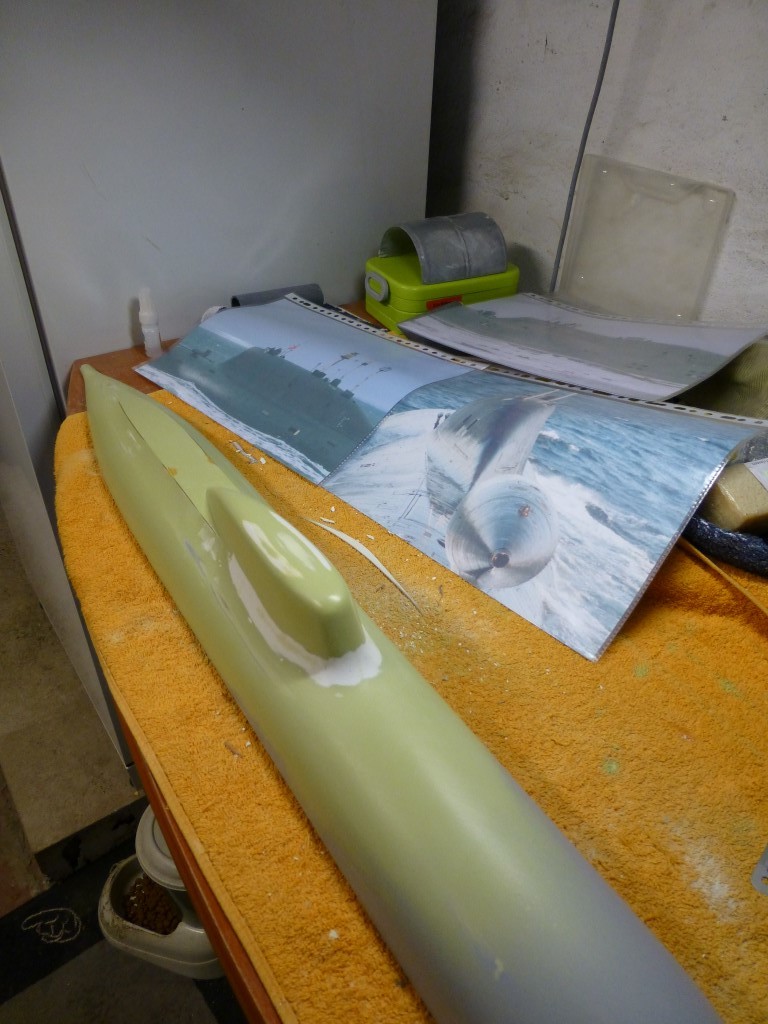
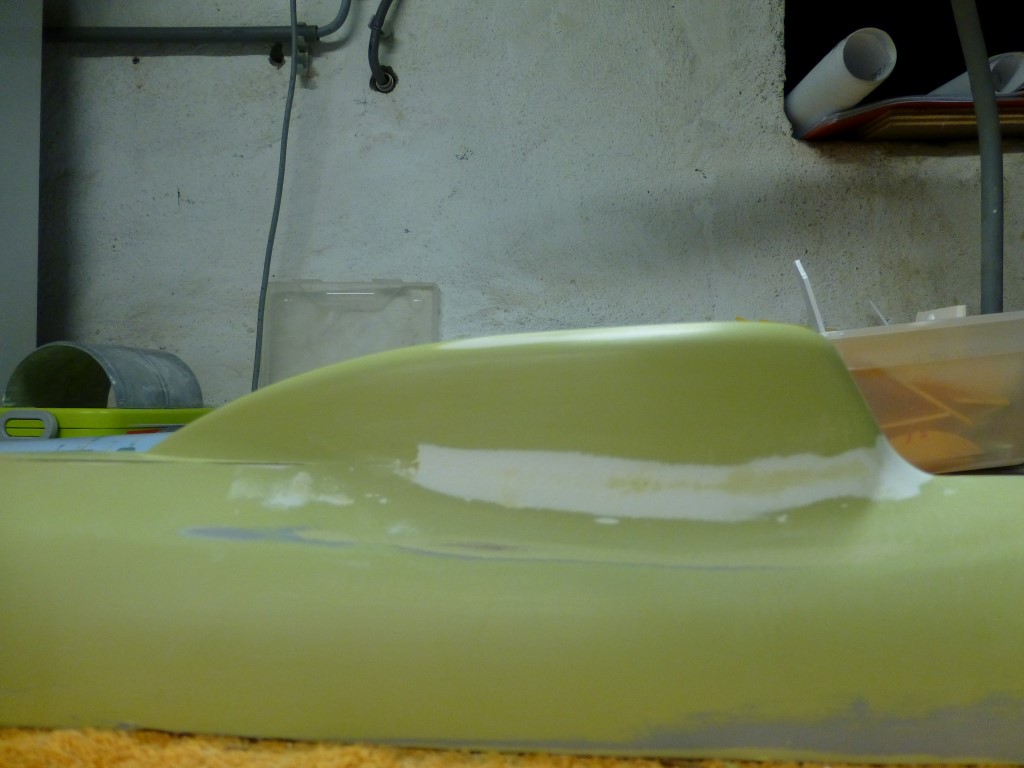
When I was enjoying the view of my work, a bug settled in my brain. I took the drawings and noted that the sail runs horizontal for a while before it plunges towards the deck. Mine didn’t. I went through all the pictures and printed some details of the sail they only confirmed my findings. To rectify this I copied the ”as is” sail shape to a piece of 1mm [1/24”] styrene sheet. Then I copied the “to be” shape from the scaled drawing onto the same sheet. Next the difference between the two was cut out and glued onto the sail. See pictures below.
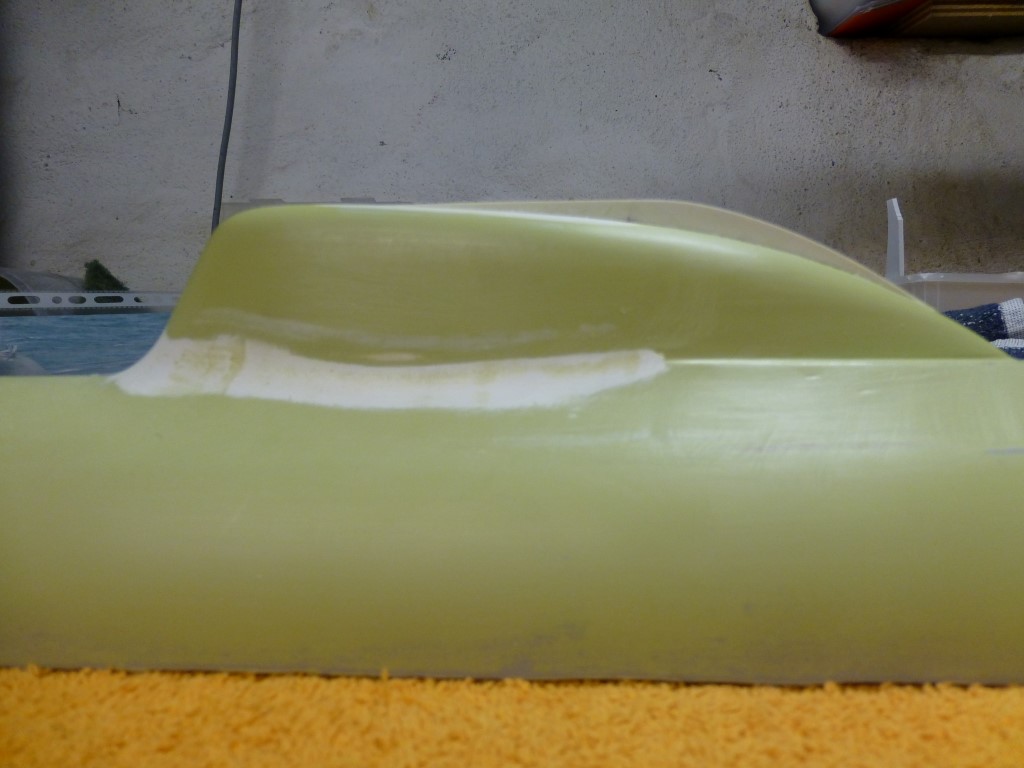

The difference is small I know but visually its night and day. Then I applied the EUREKA putty to fill the gap…..in order to get the PS and SB side the same was hard but eventually it turned out fine. See below pictures; also note the sail has grown in length to. Memo to myself, next time no shortcuts!
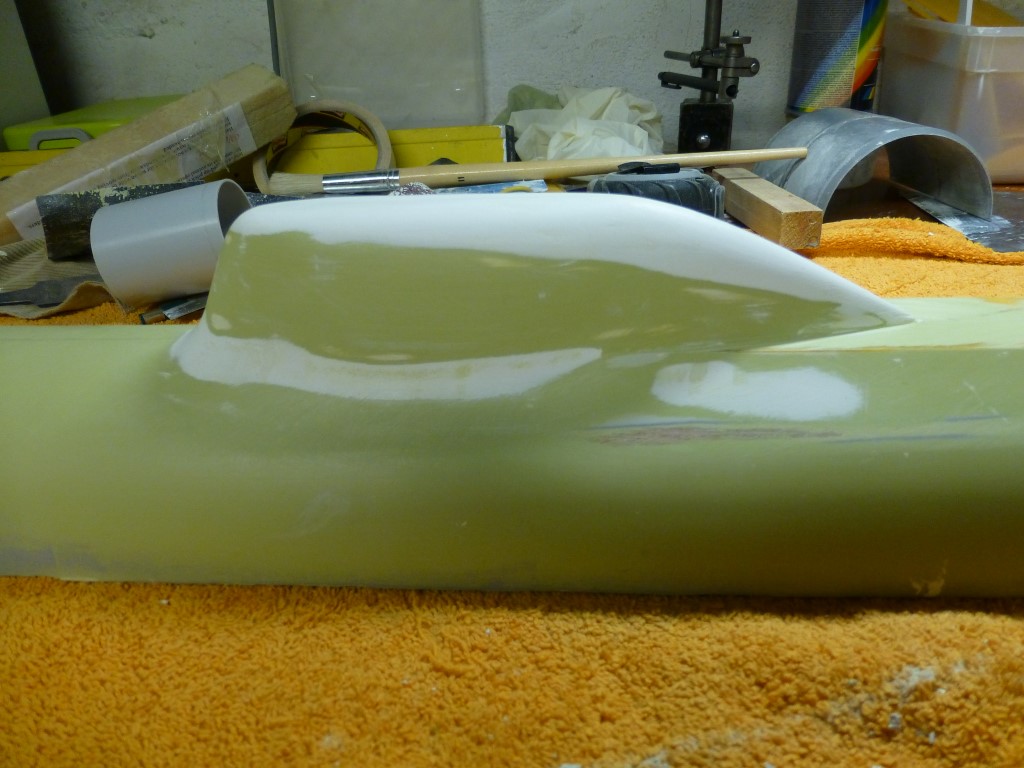


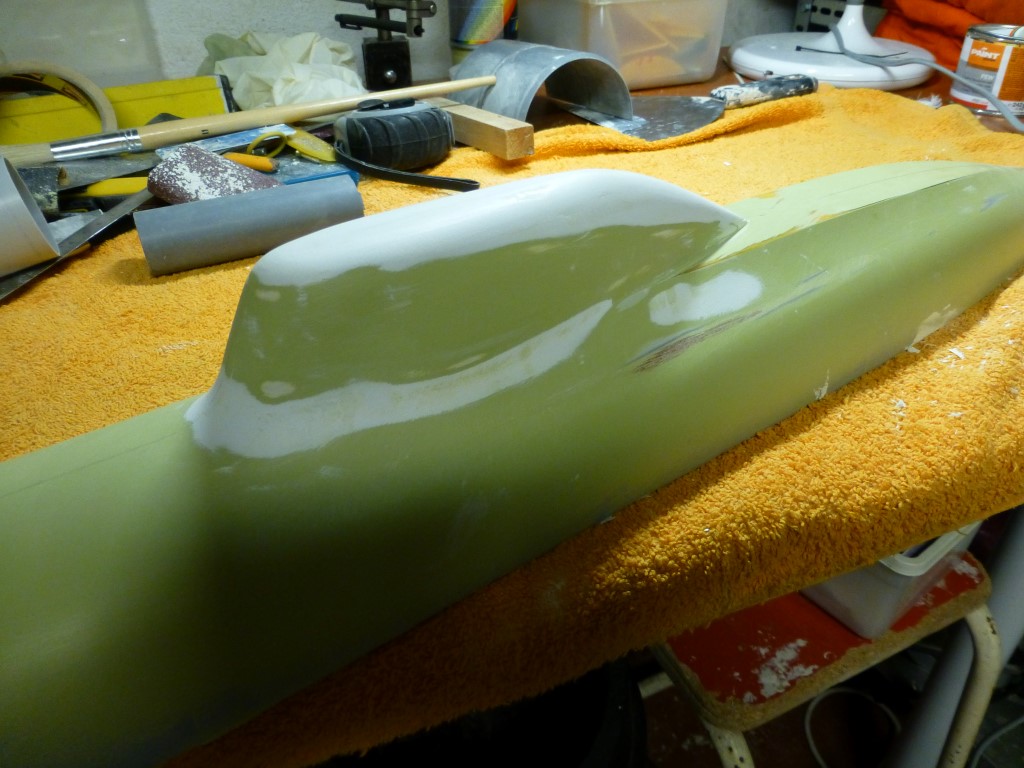
Outdoors. The first thing I have tackled are the bumps, gaps and scratched that showed on the master halves in the daylight, and were not revealed by the fluorescent light in the basement, using automotive spray-on putty and filler. With the temperatures at that time this stuff hardened pretty fast too.
During this job I noted the upper and lower halve of the master didn’t pair as well as I would like, I did sand them on a flat piece of wood though. So I went to check and ascertained that the table itself was sagging slightly.
I tried to figure out how to rectify the master halves. First I straightened out the table. A sheet of styrene on the table served as a nice smooth surface to work on. Next I applied some EUREKA putty all around the edge of the lower master halve, pressed the flat side of the master halve onto the styrene sheet and removed the excess putty that had squeezed out (and hoped it would not stick to hard)……which it didn’t, nevertheless iwo the putty I noted the styrene was affected/melted by the putty, so I was lucky.Next step I sanded the flat surface till I was happy with it.
As I did not want to try my luck a second time I tried another approach. I applied some transparent tape on the flat side of the lower halve and removed the tape that protruded from the contours of the master. Then applied some EUREKA putty all around the flat edge of the upper halve and pressed both halves together, removed the putty that had squeezed out…..and hoped I could part them after the putty dried…..which I managed.
Picture showing the transparent tape in place on the PS, remnants of putty clearly visible.

This one showing the applied putty on the upper part.
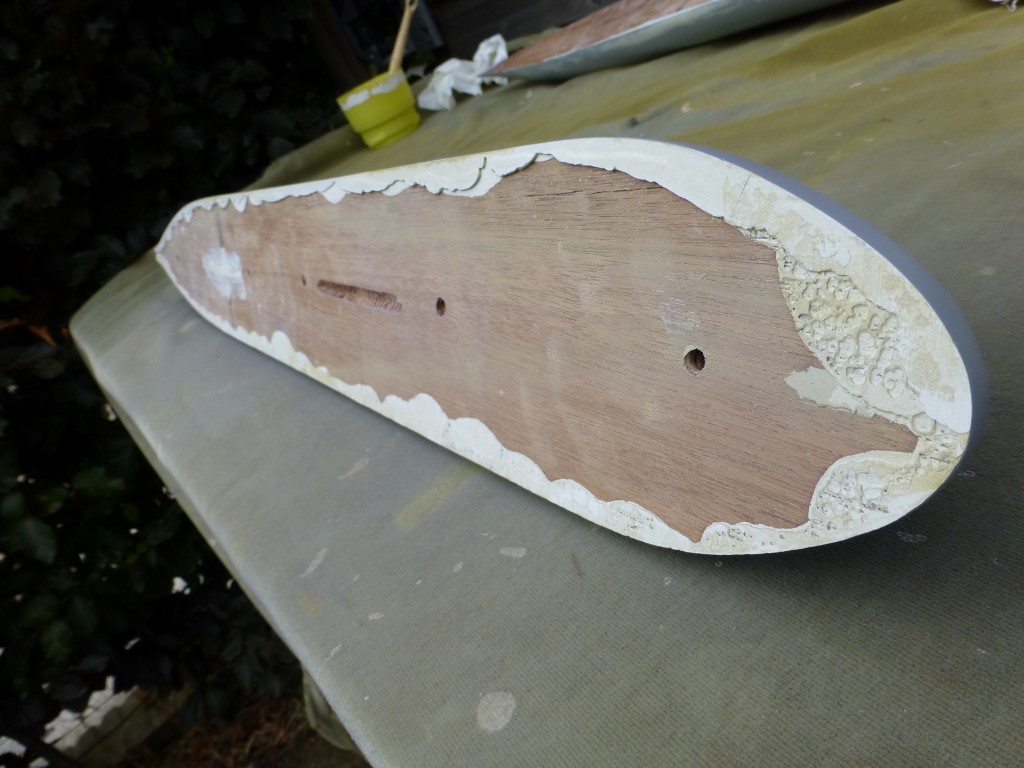
I was very happy with the result, both halves are now mating pretty good, picture below, edges still rough but no gap.

The edges were touched up with spray putty and filler and sanded.
Also I have spent a lot of time to get the trailing edge of the sail right iwo the connection to the deck. The same goes for the corner where the sail mates with the flat deck area. I have put a lot of effort into it in order to get the PS and SB identical (especially in the point where this corner stops and flows over in the curved transition between sail and deck). It is really worth the effort.
Work in progress.
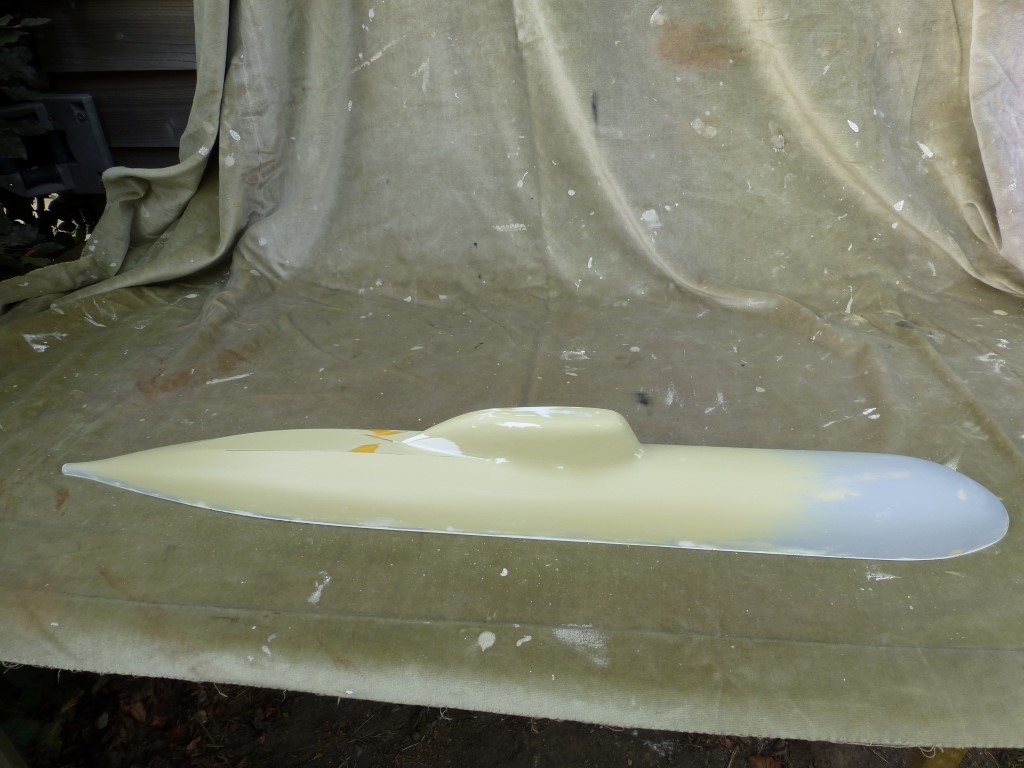

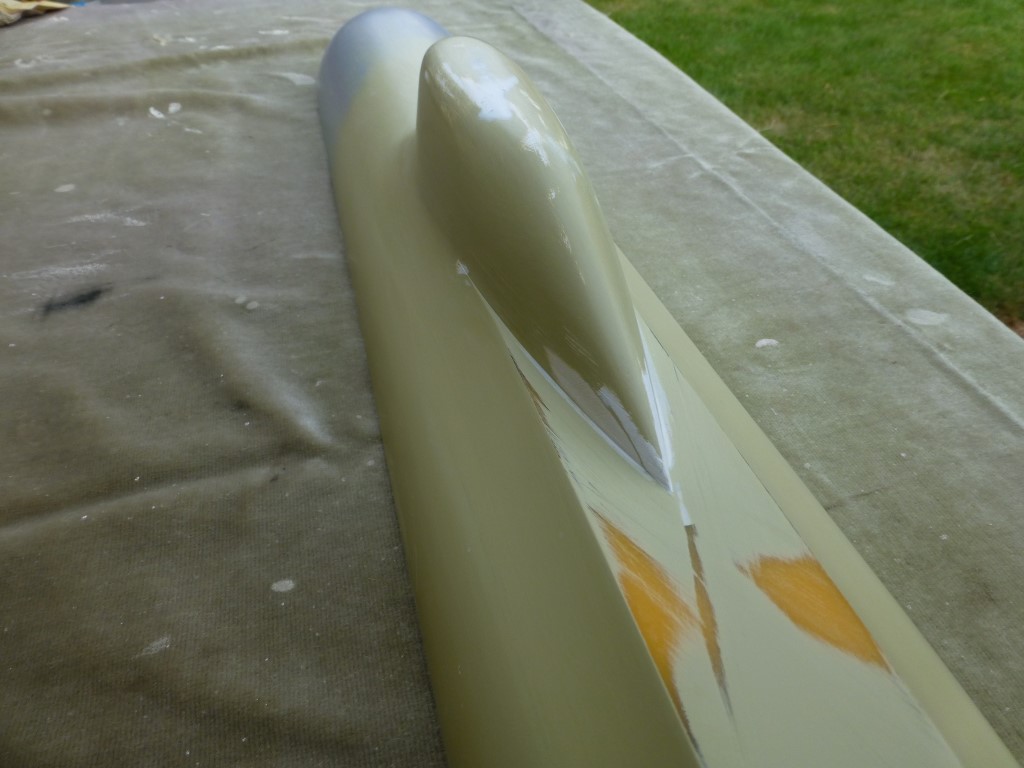
Next step was applying several coats of automotive primer to the masters and preparing them for molding. The masters in the picture below were wet sanded with 600 and finally with 1200 gri sandpaper.
Close-up sail trailing edge finished.

Close-up sail corner with flat deck.

Close-up view of the seam.
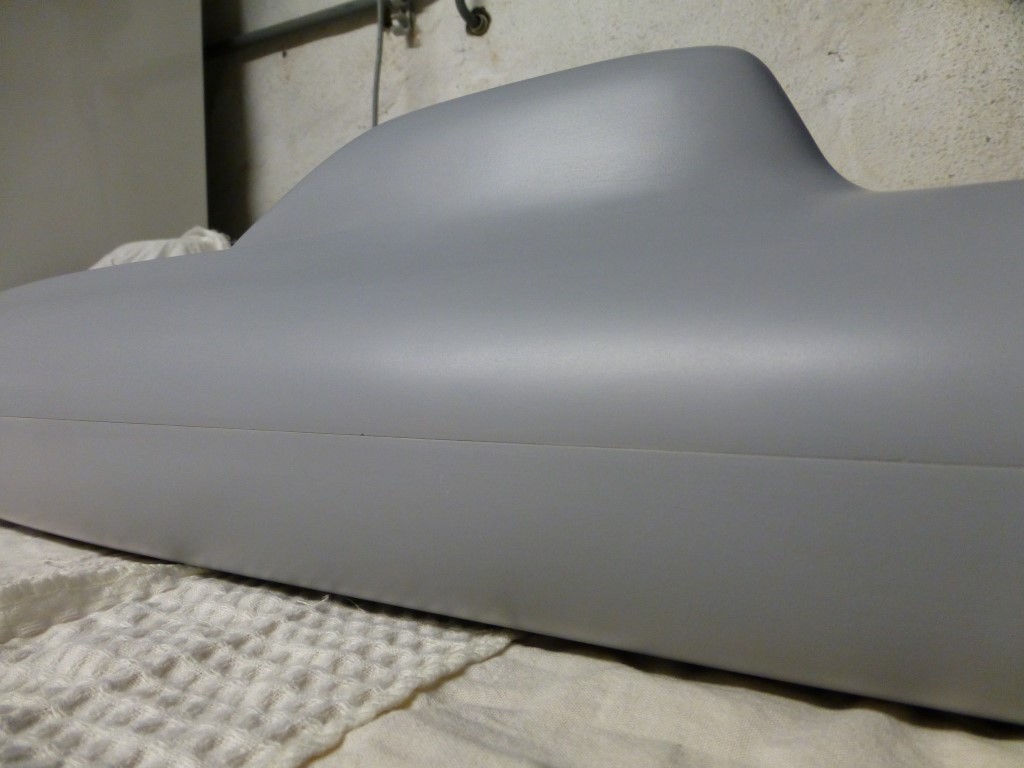
General view after sanding with the 1200 grid.

The masters were prepared, polishing with automotive polish several times until one could use them as an mirror. Next I have applied the release wax, 5 coats in total, polishing the masters between the coats.

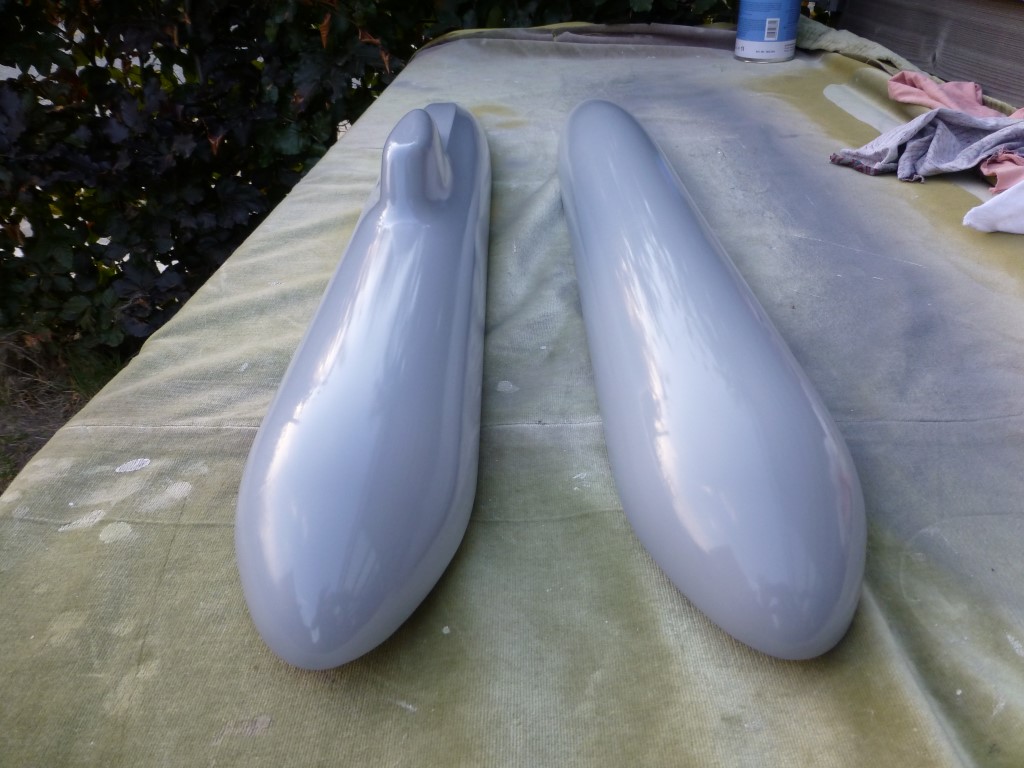

Masters ready
Grtz,
Bart





























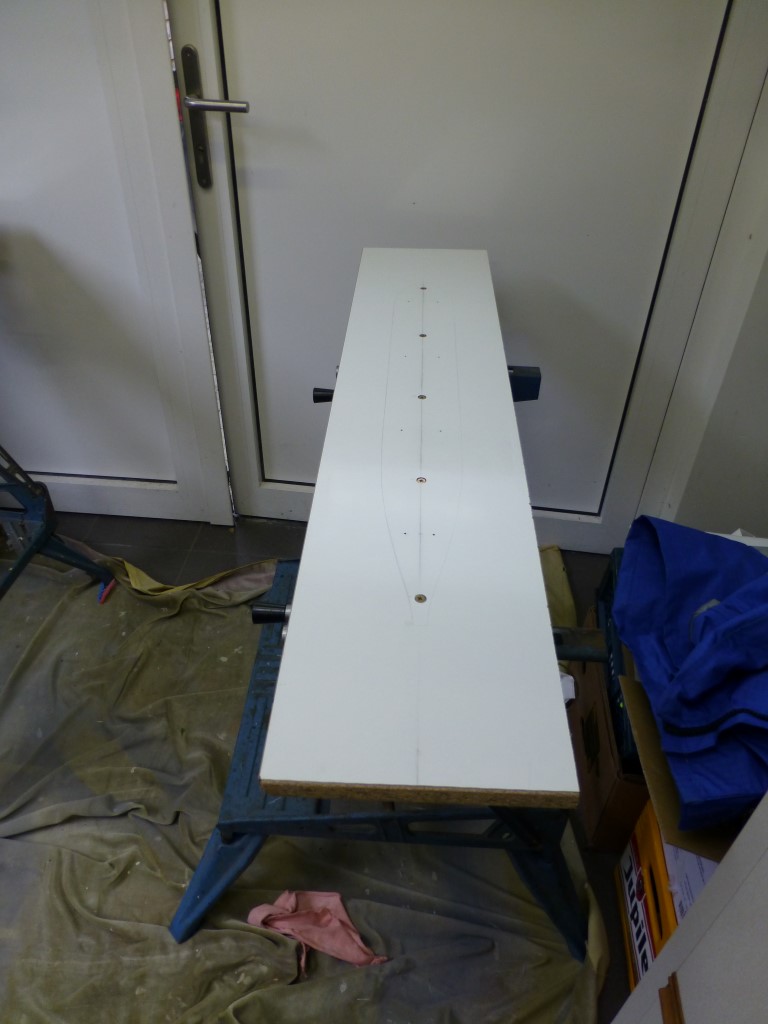
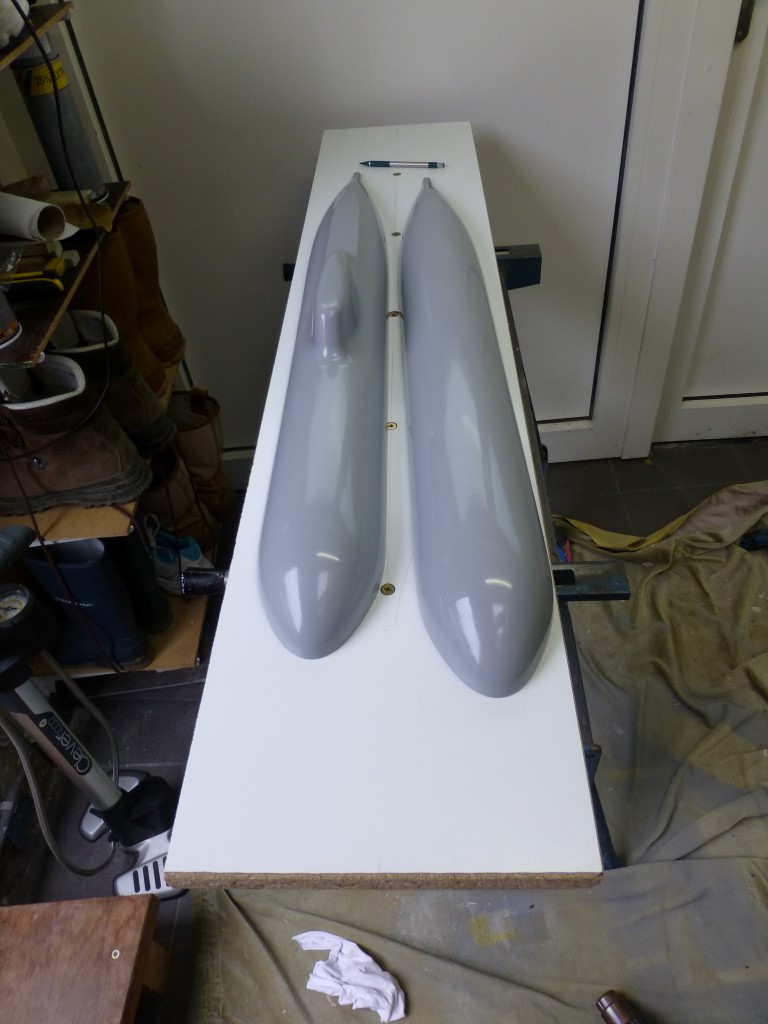

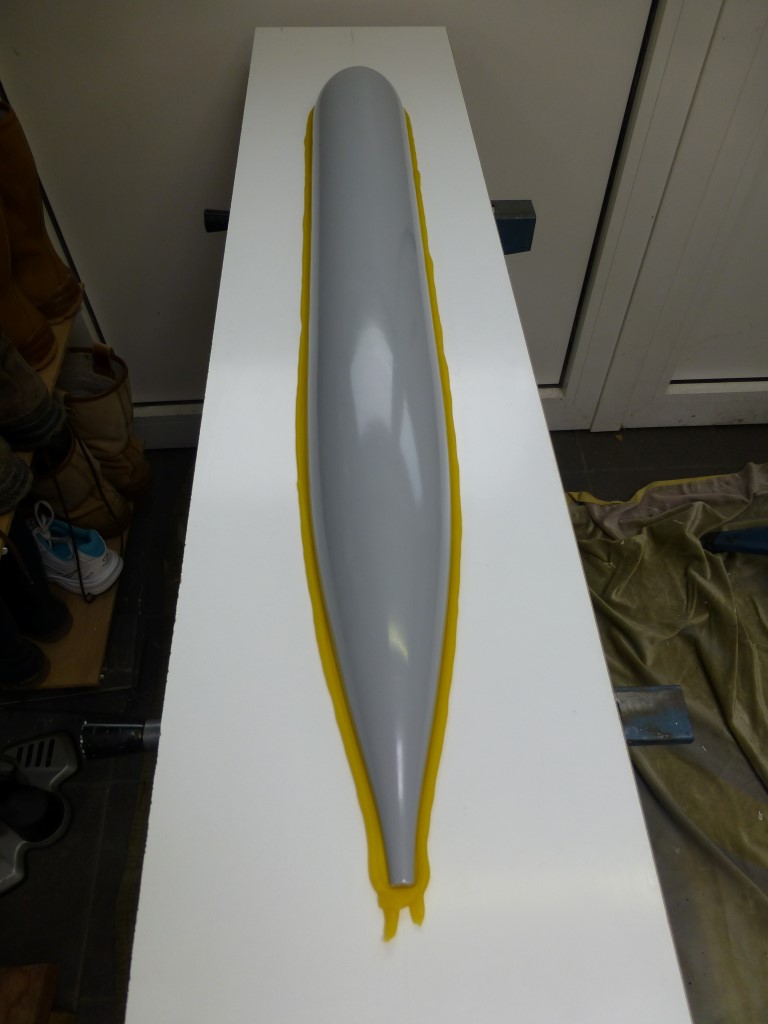

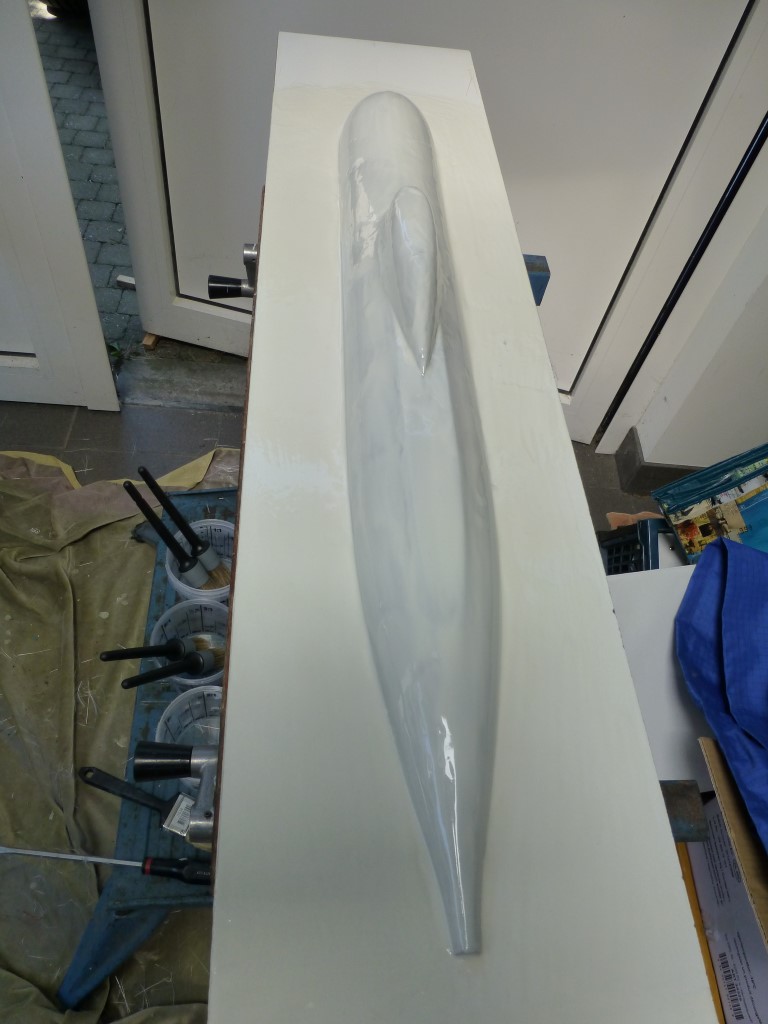

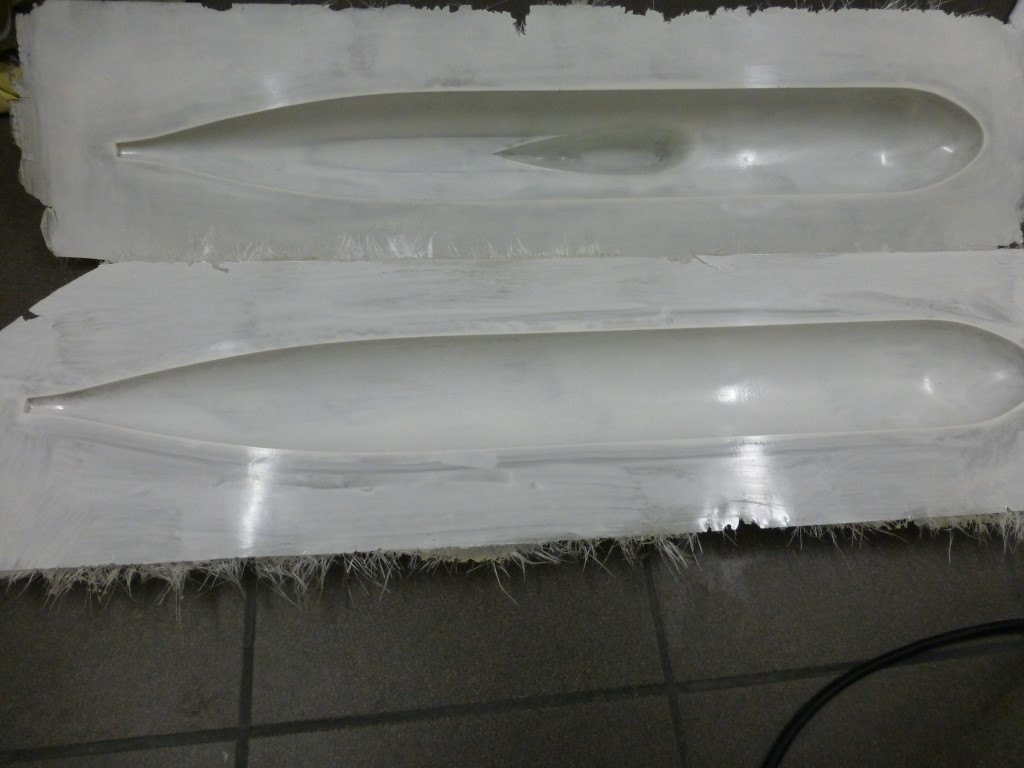
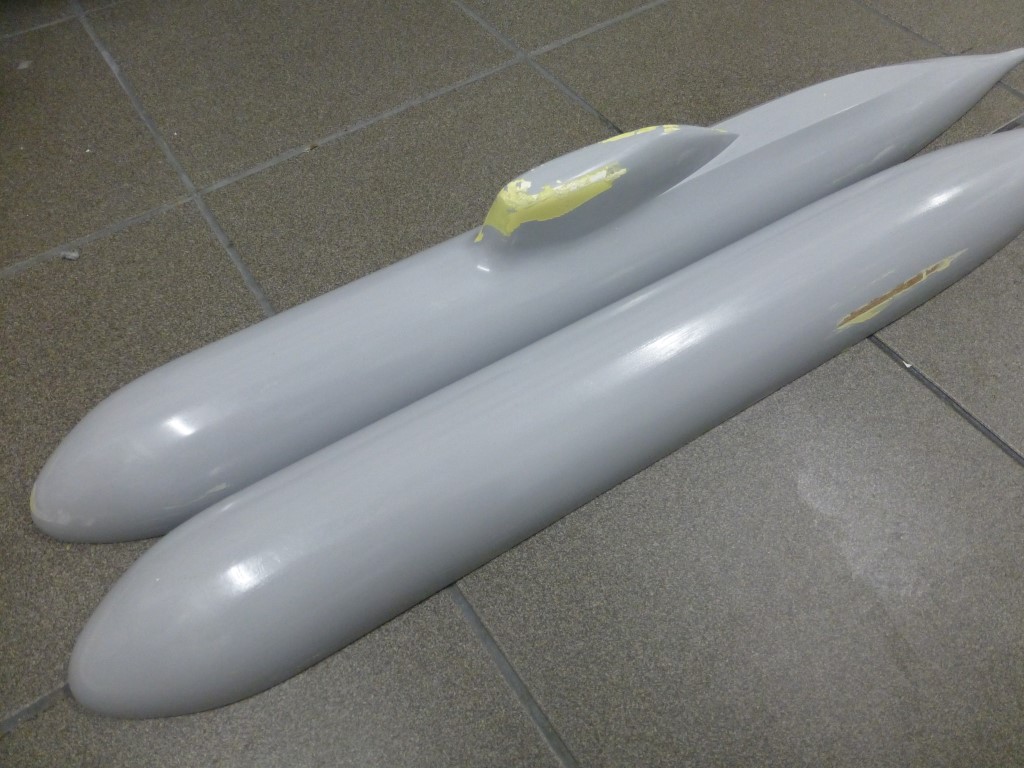
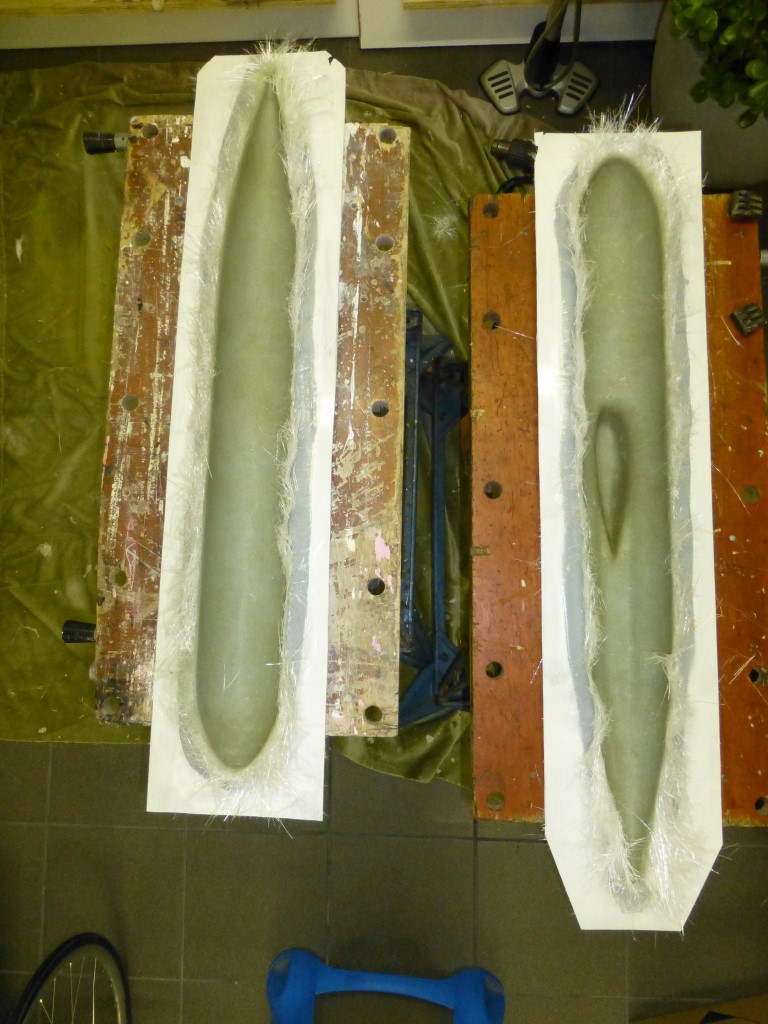


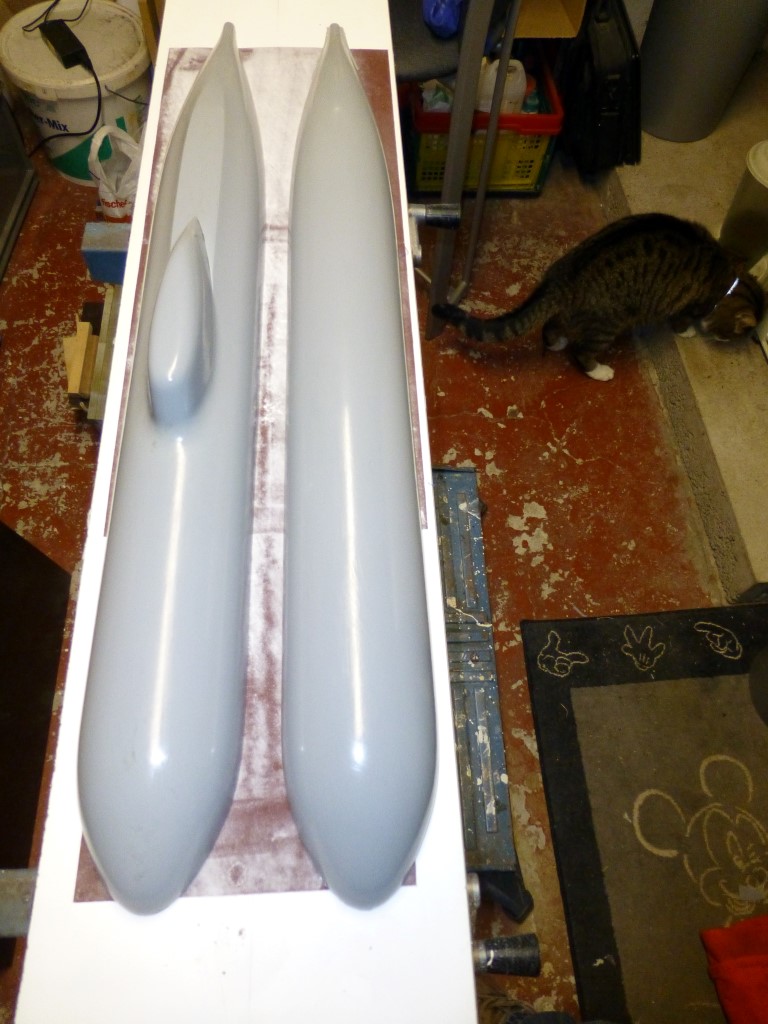
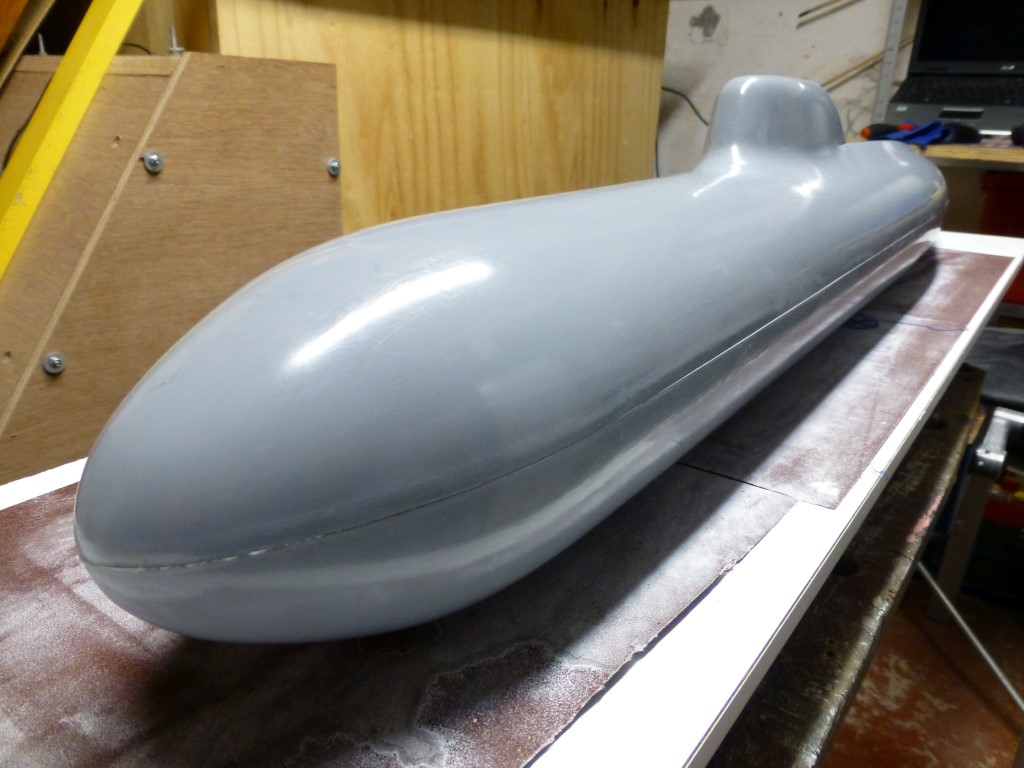

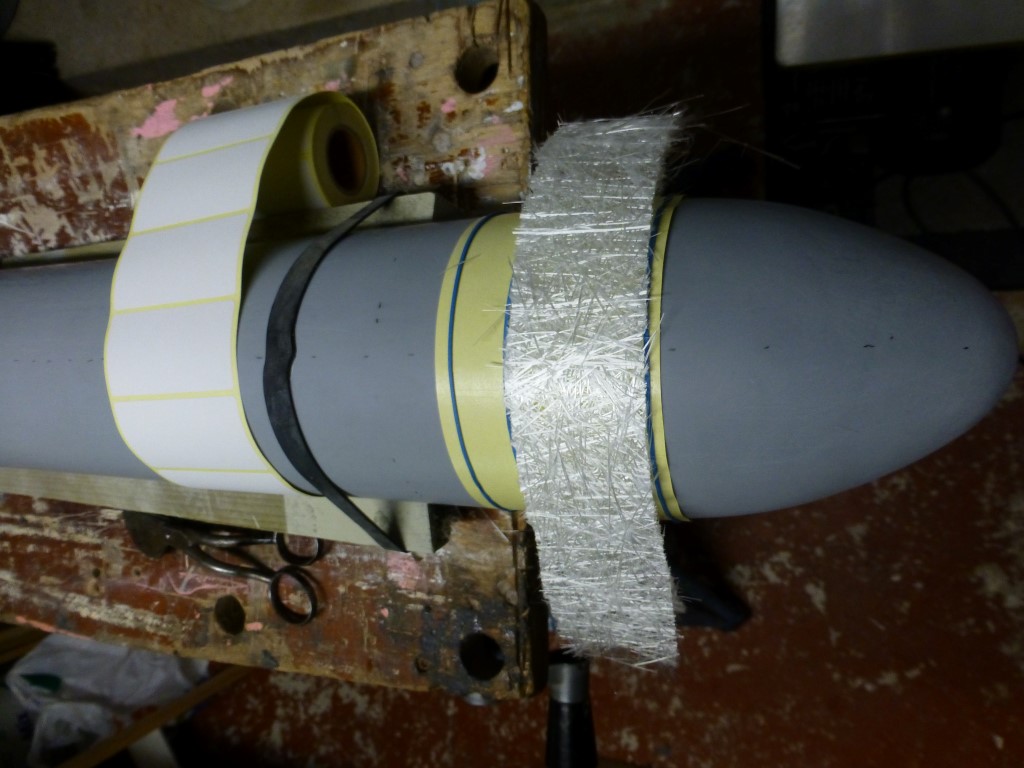
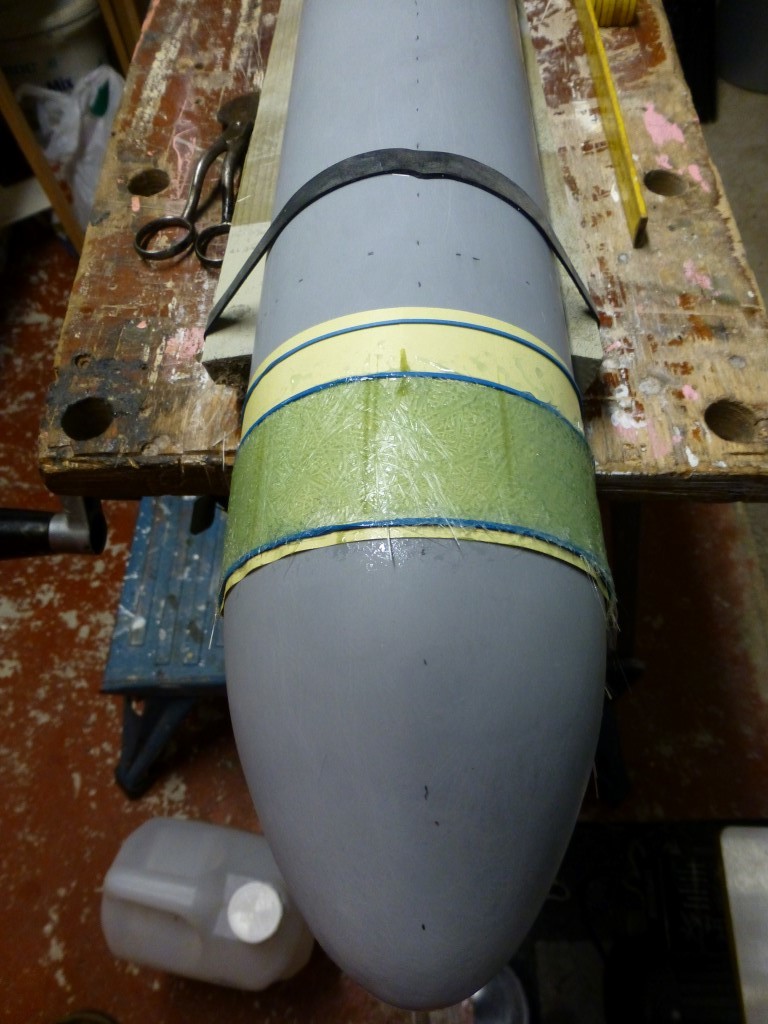
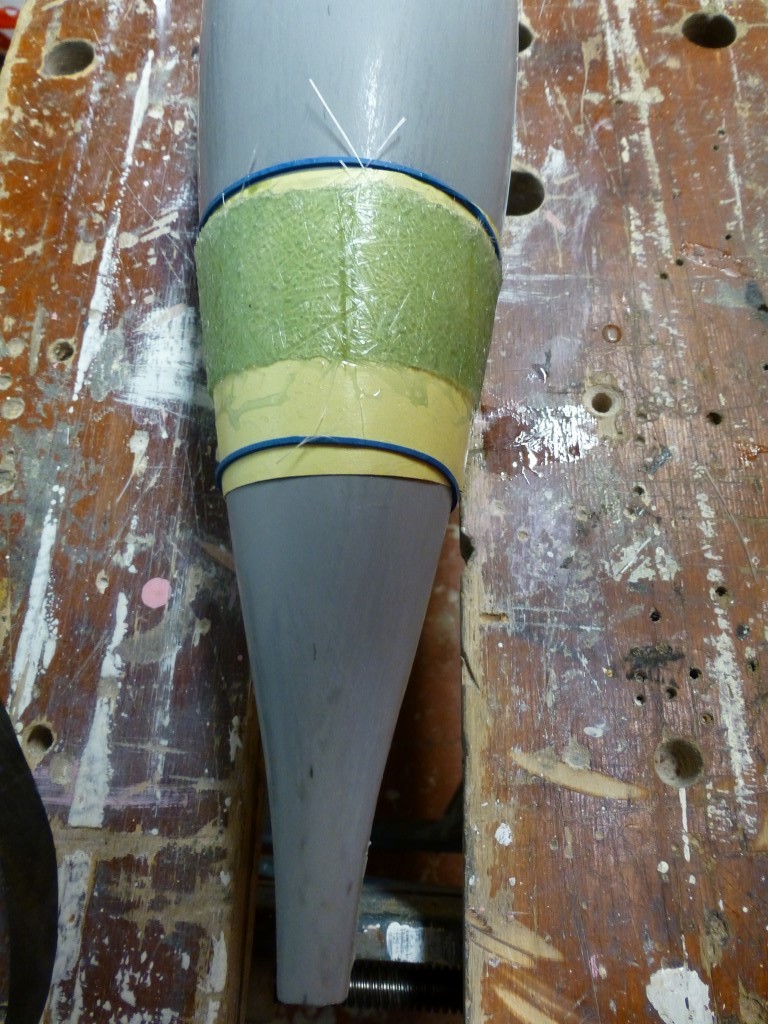
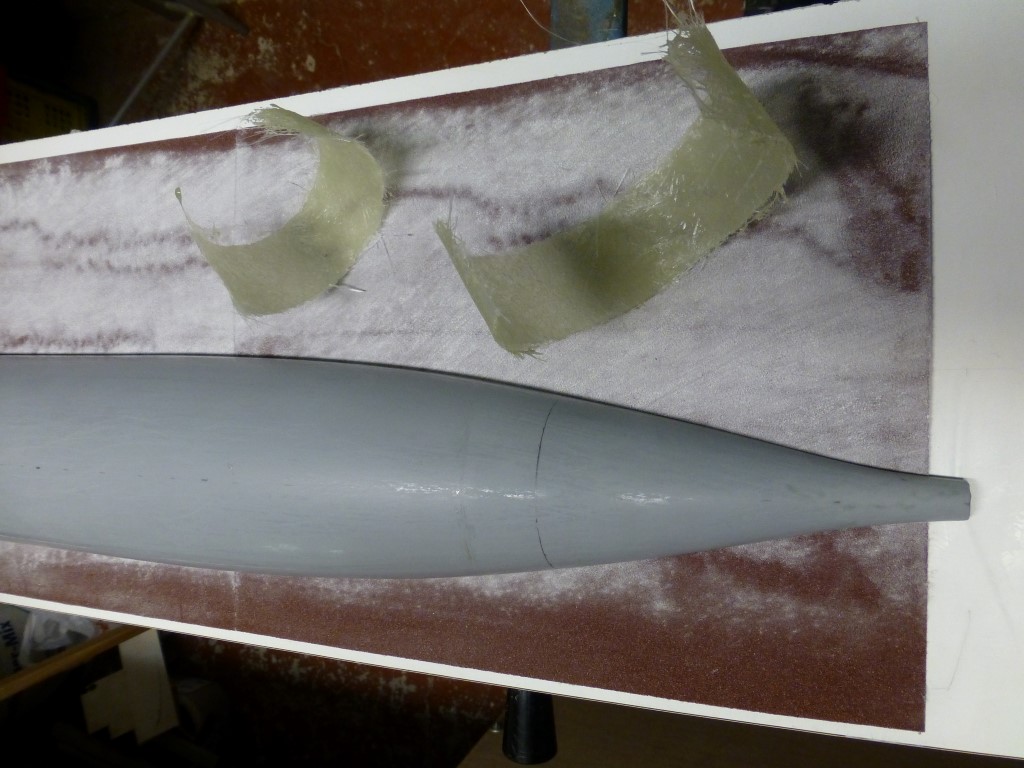

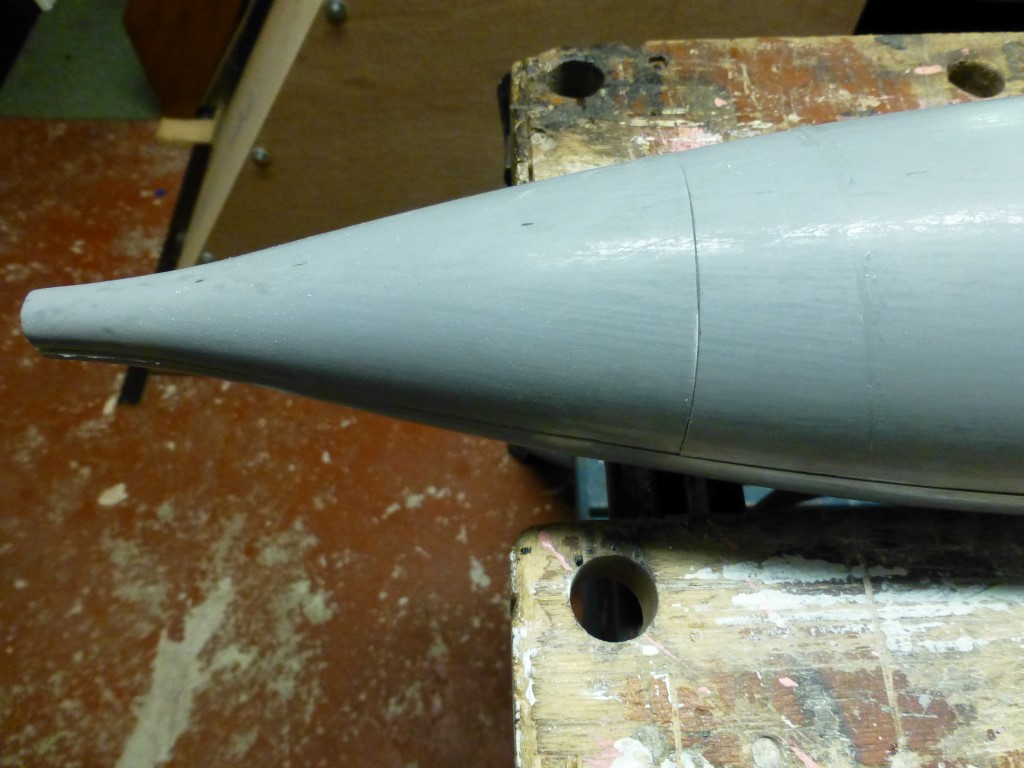
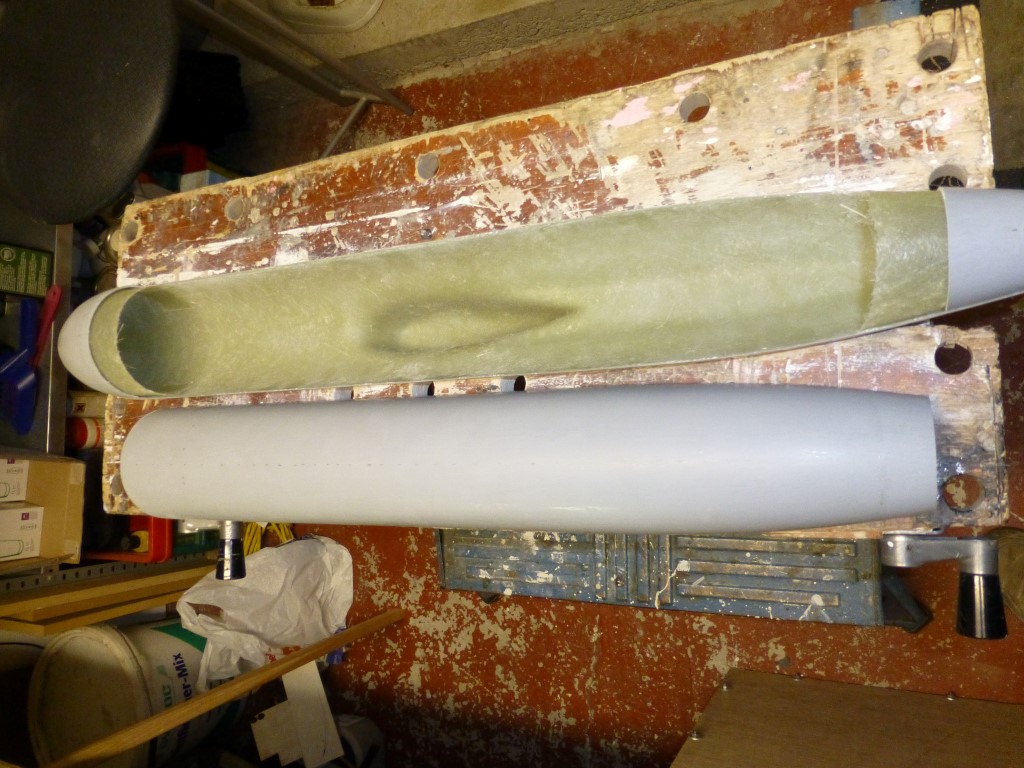


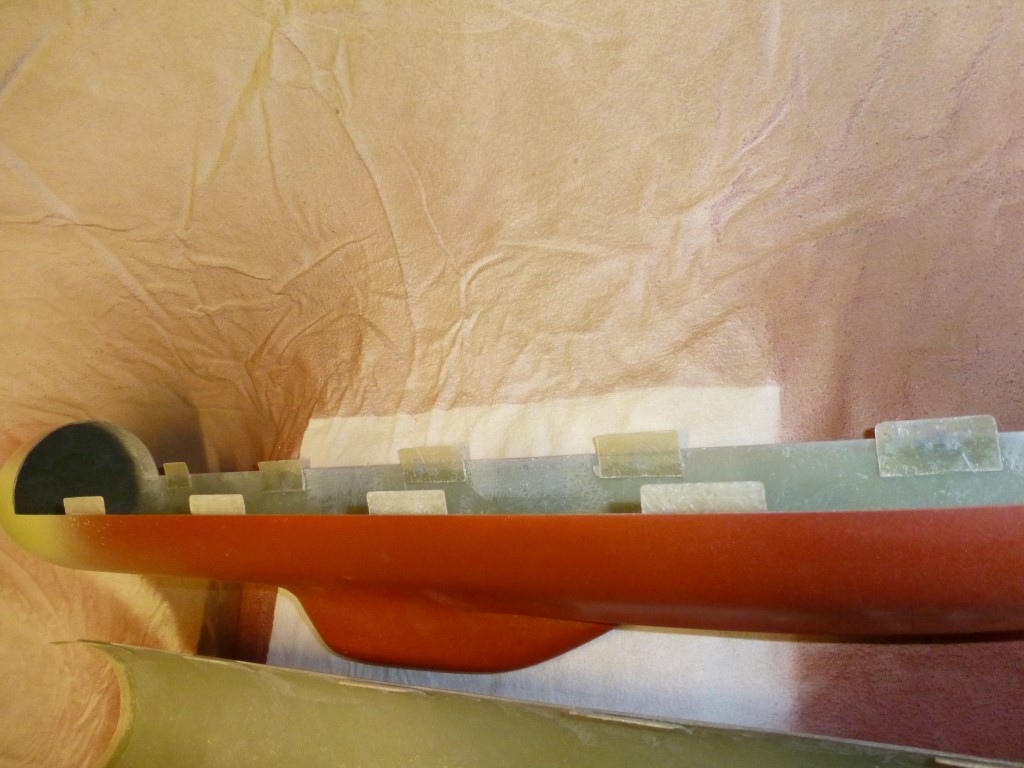
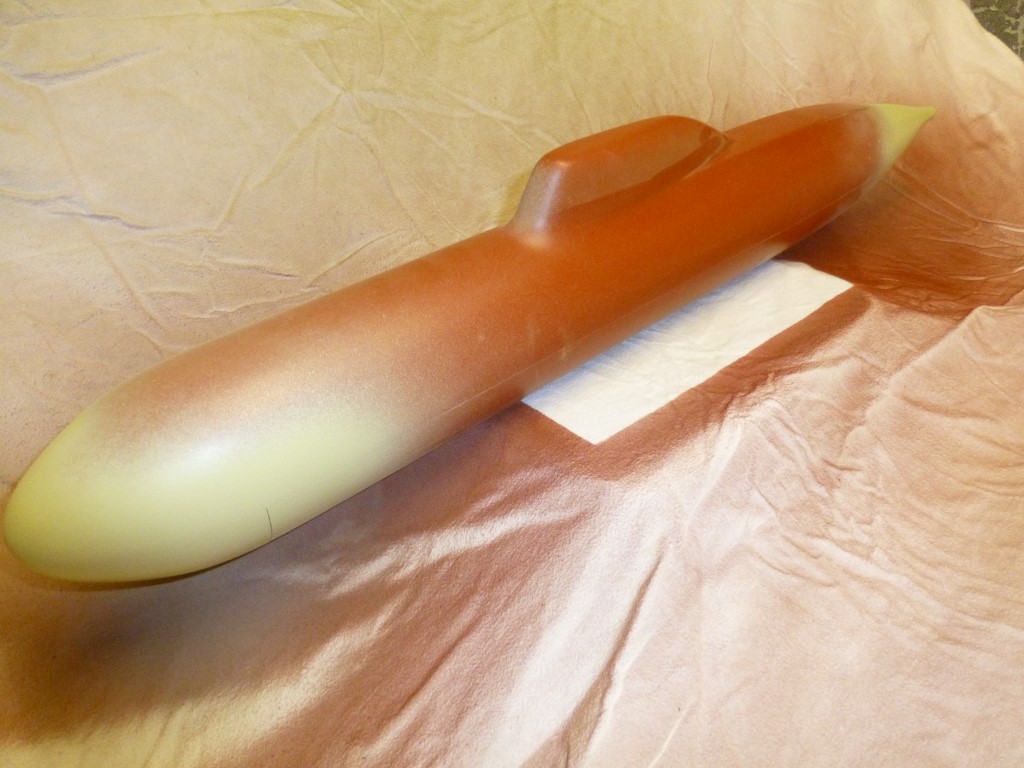

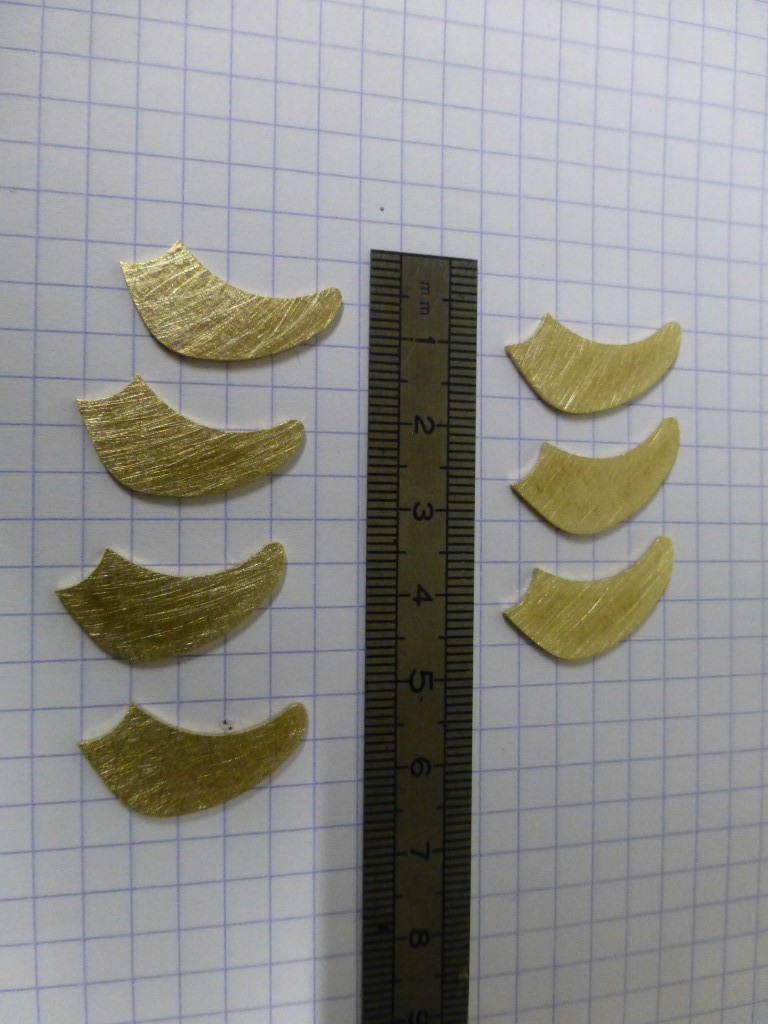

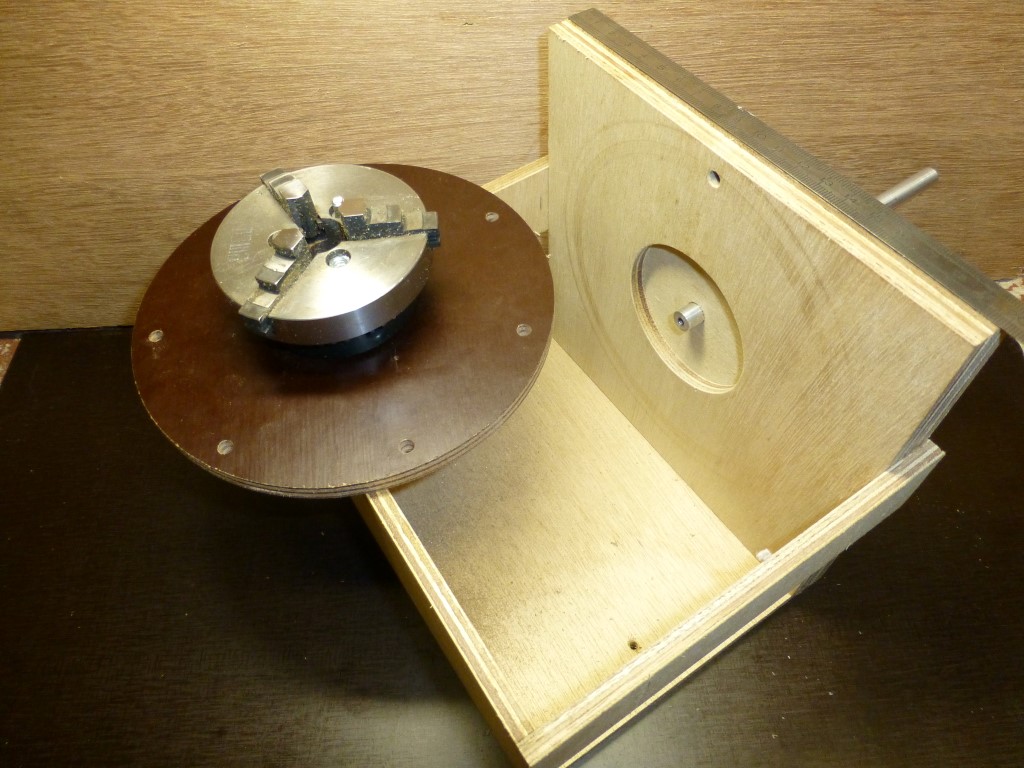
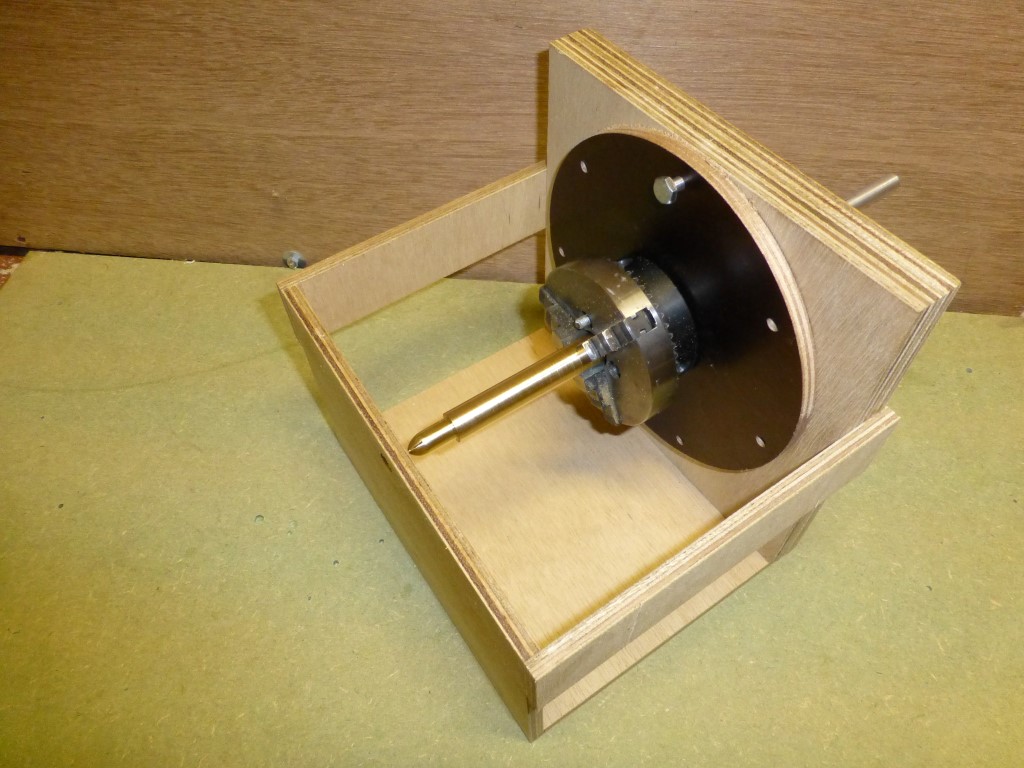
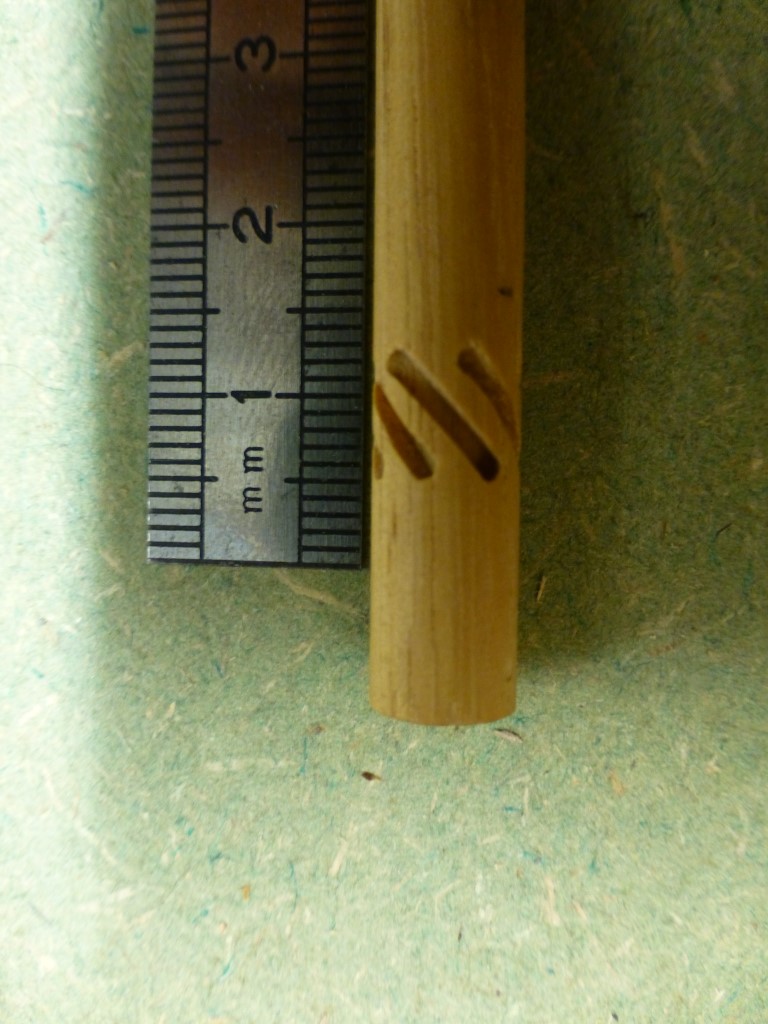
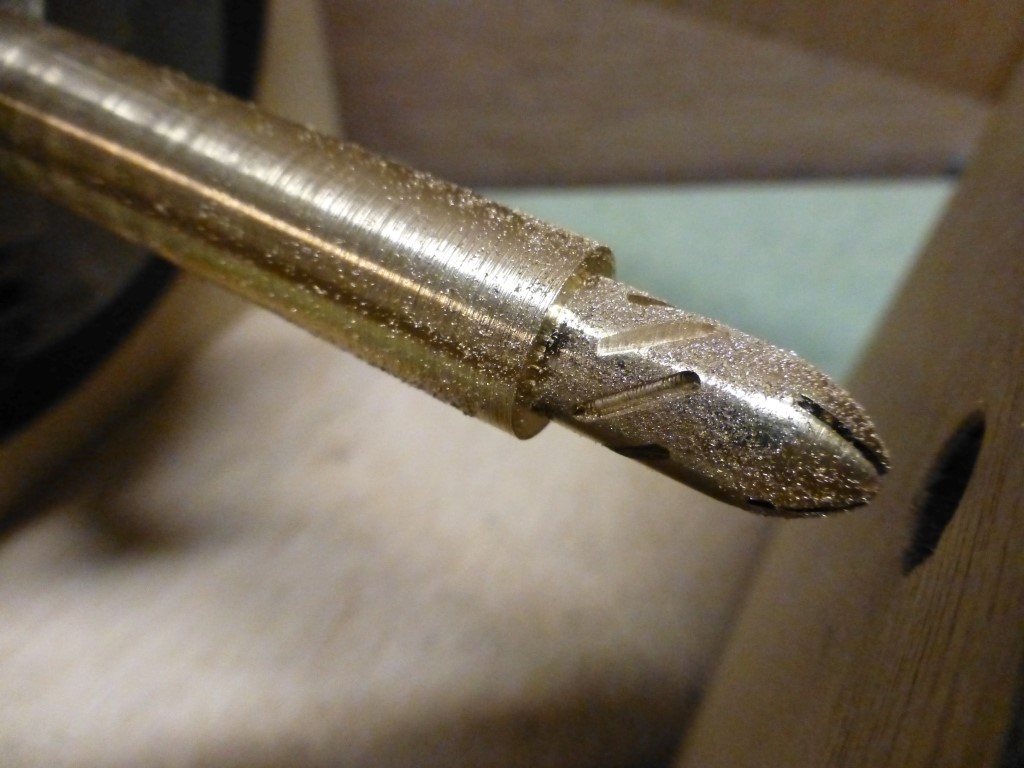
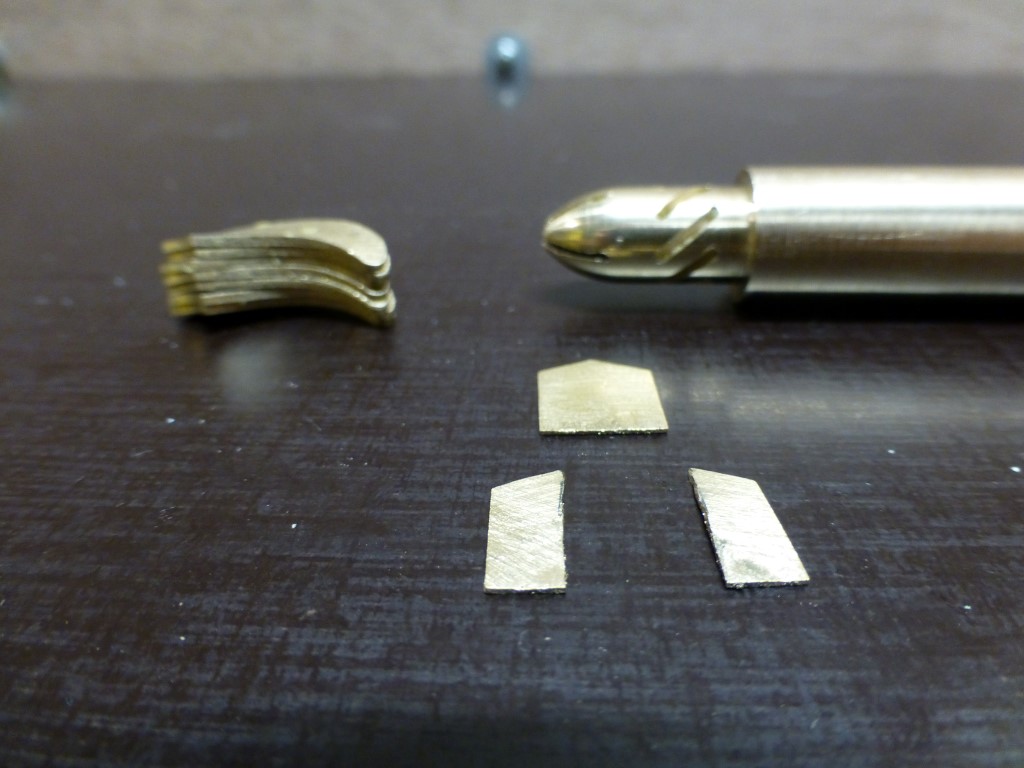


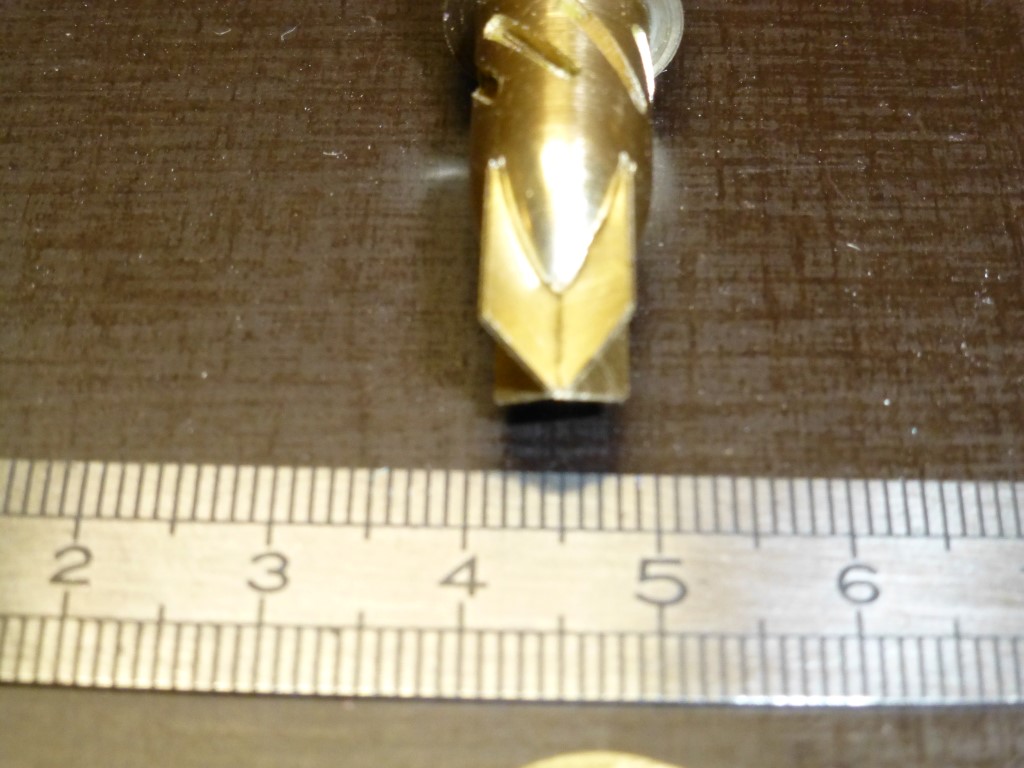
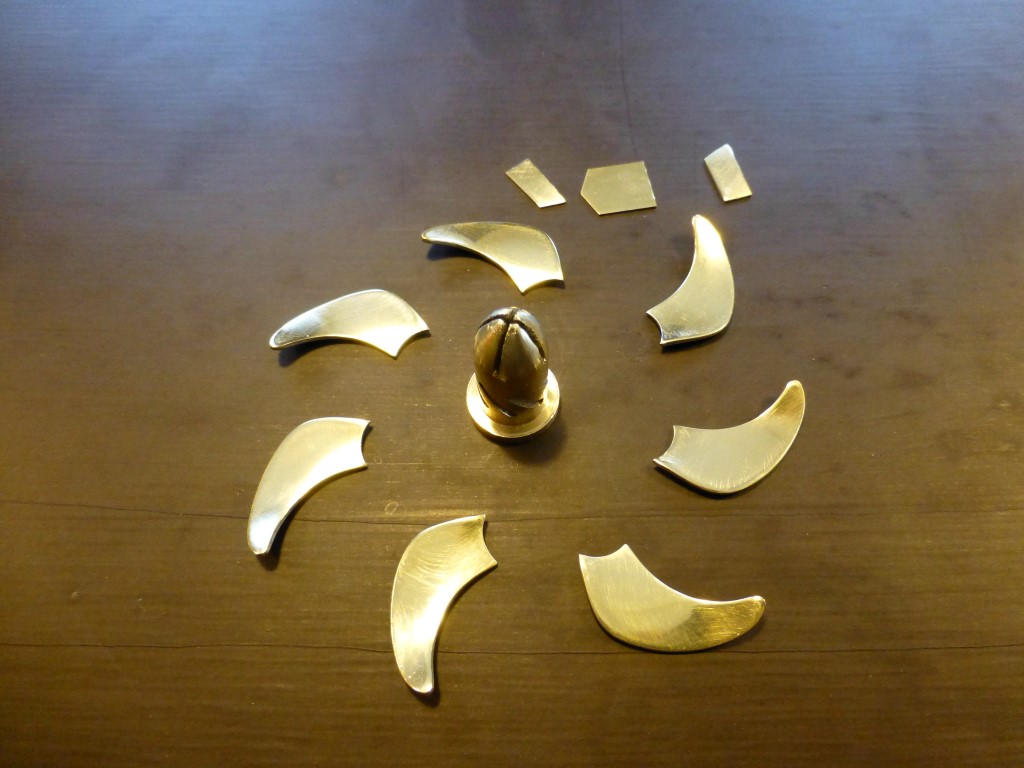
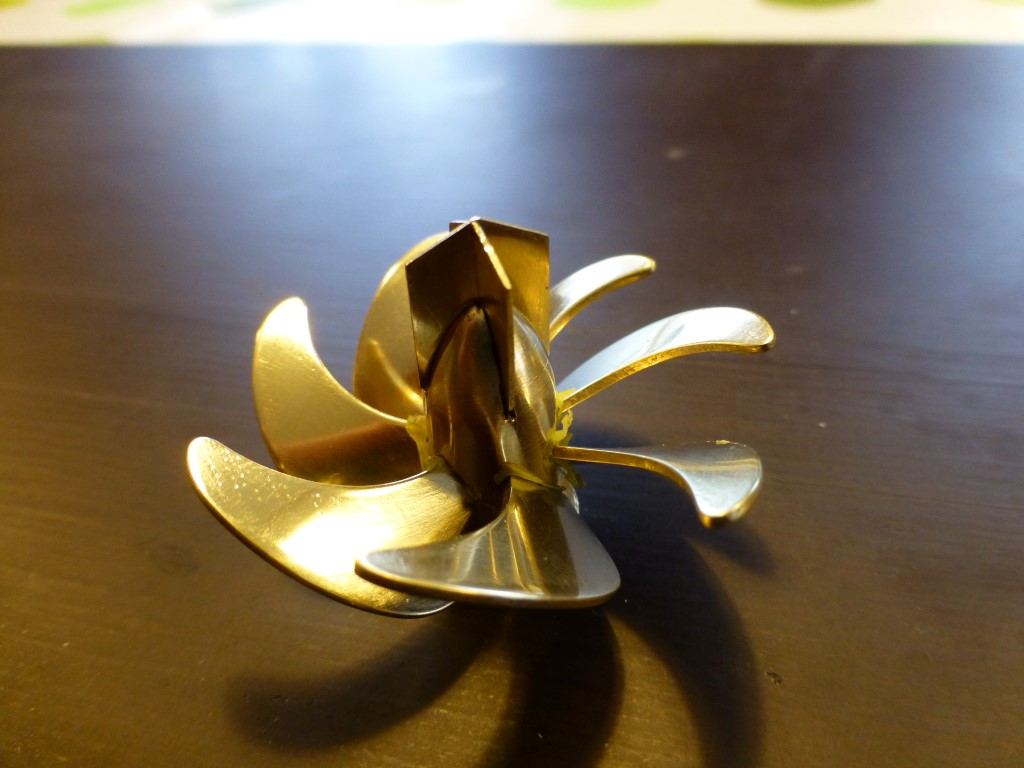
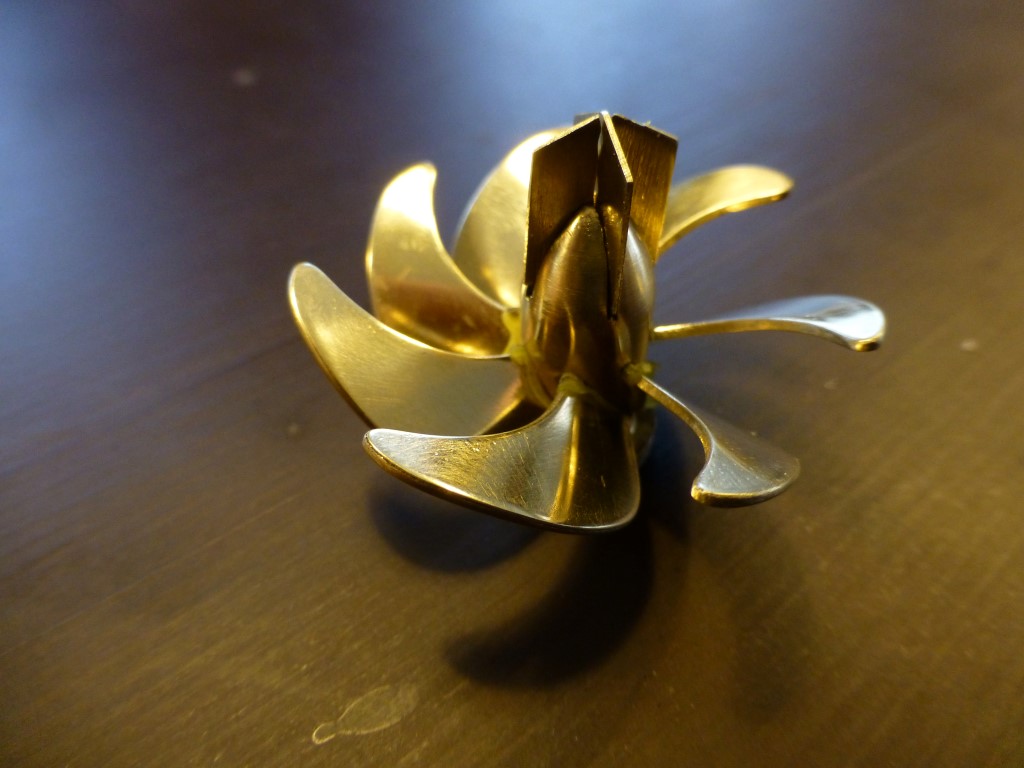

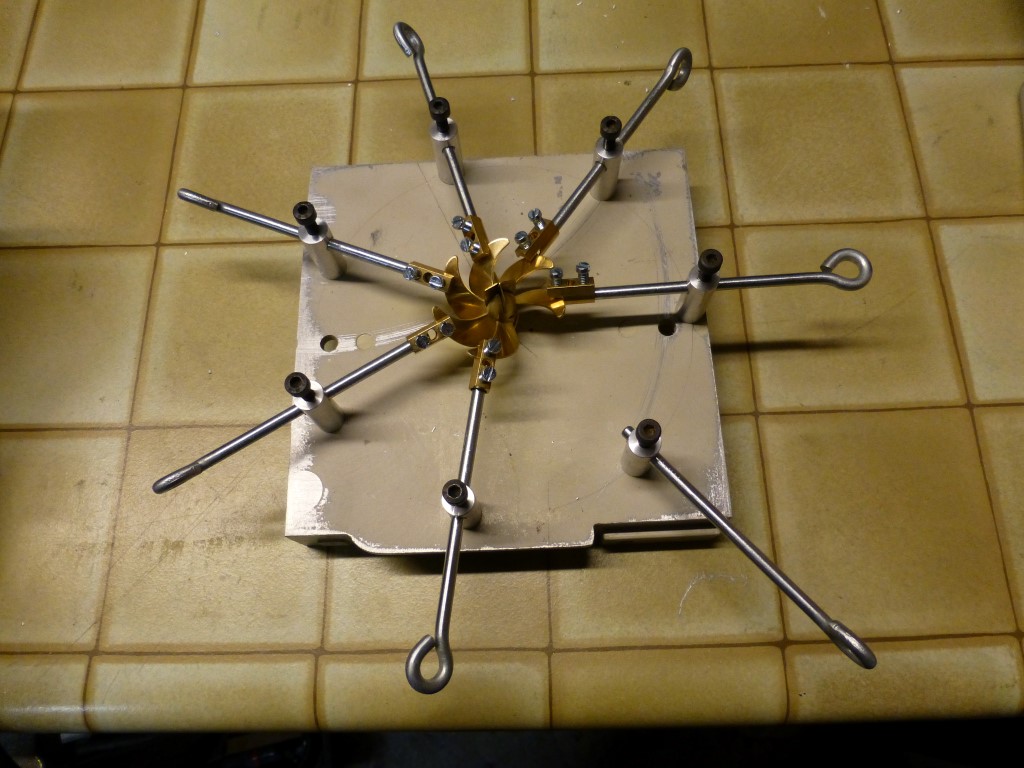
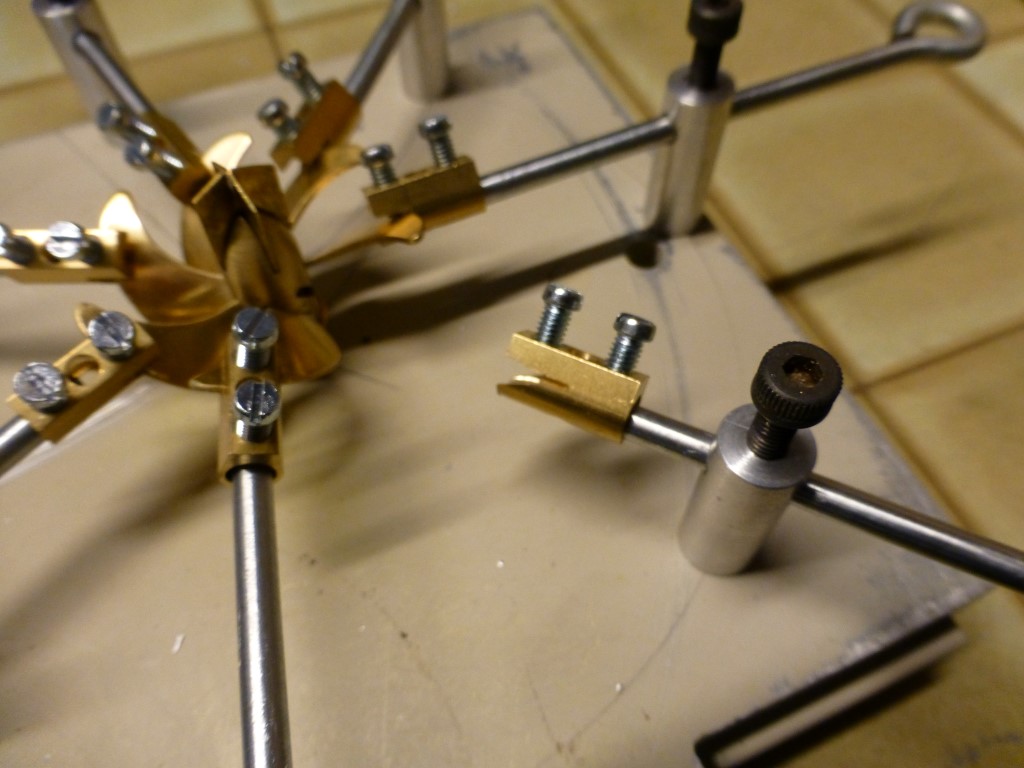
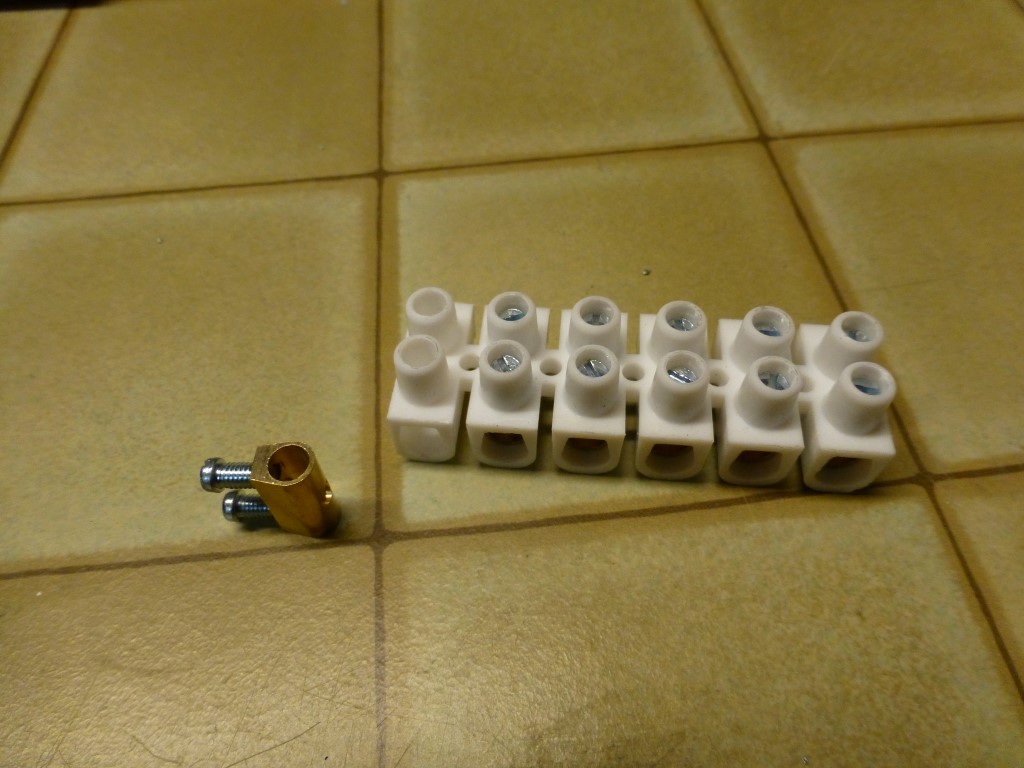
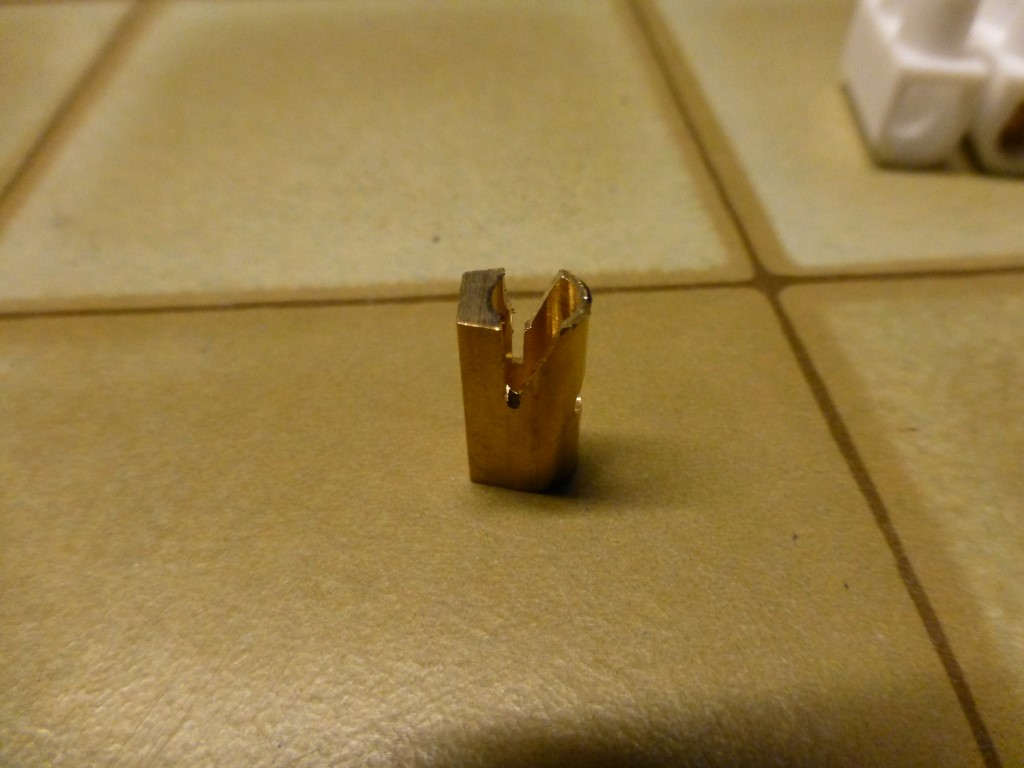
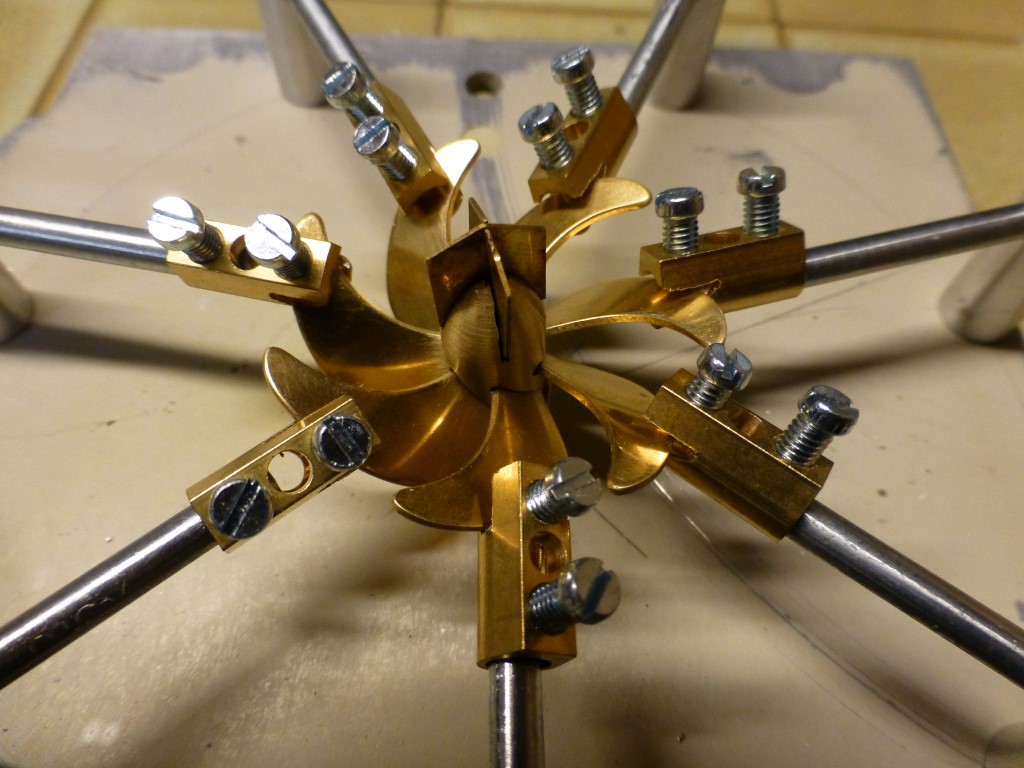
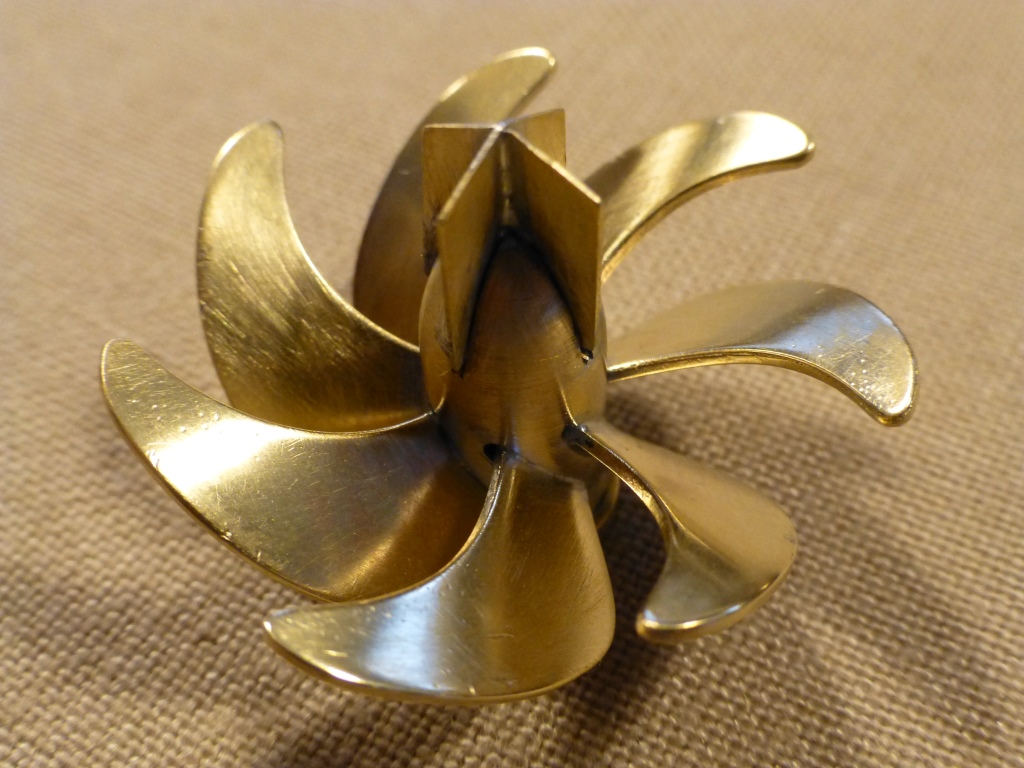
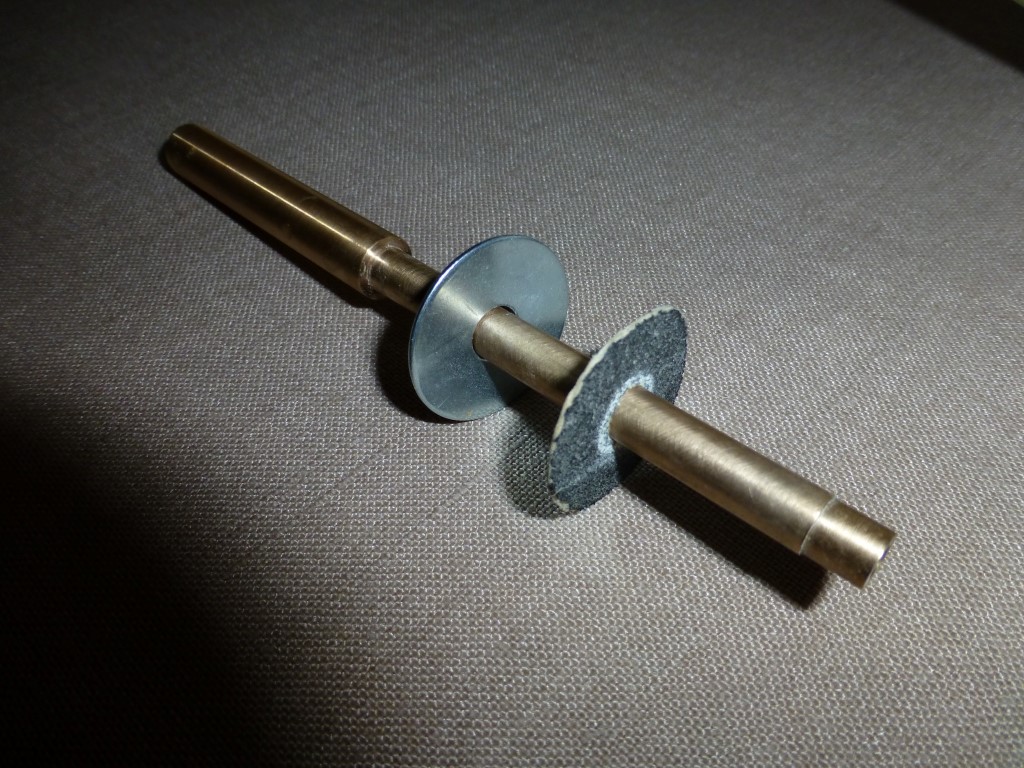

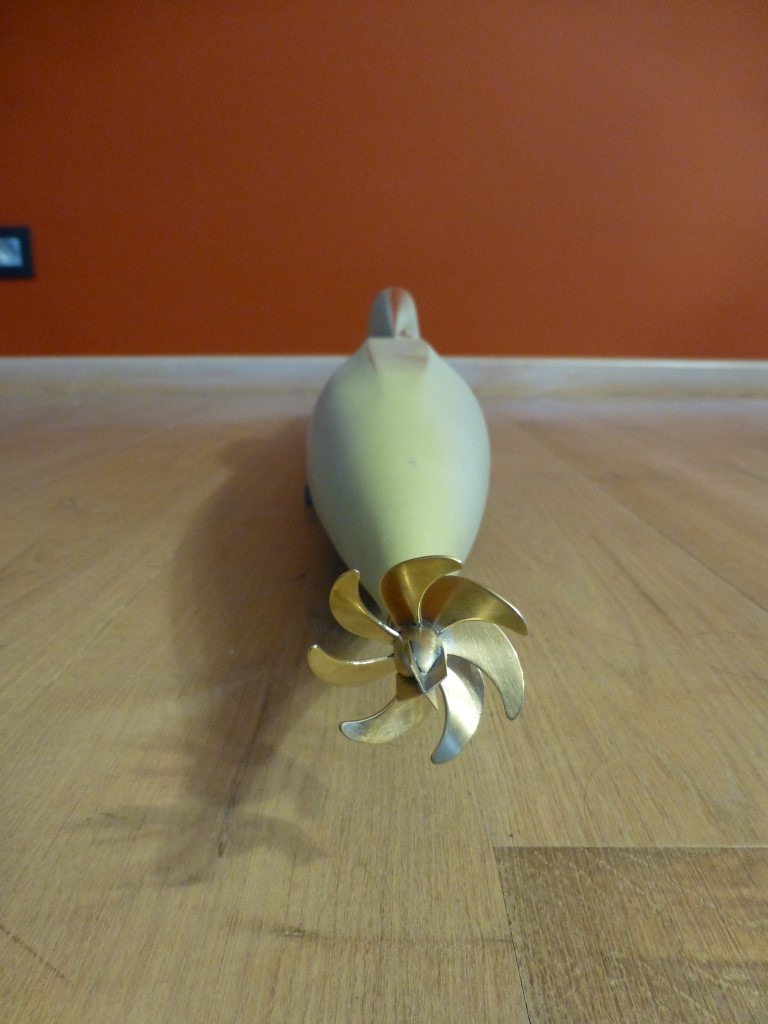

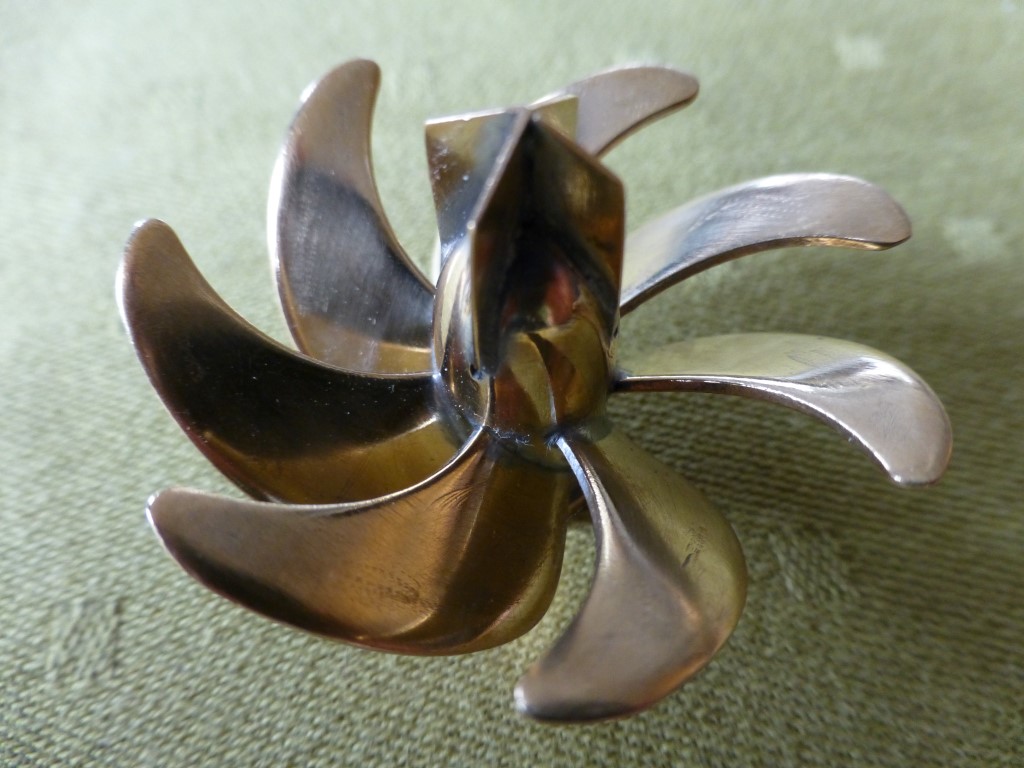

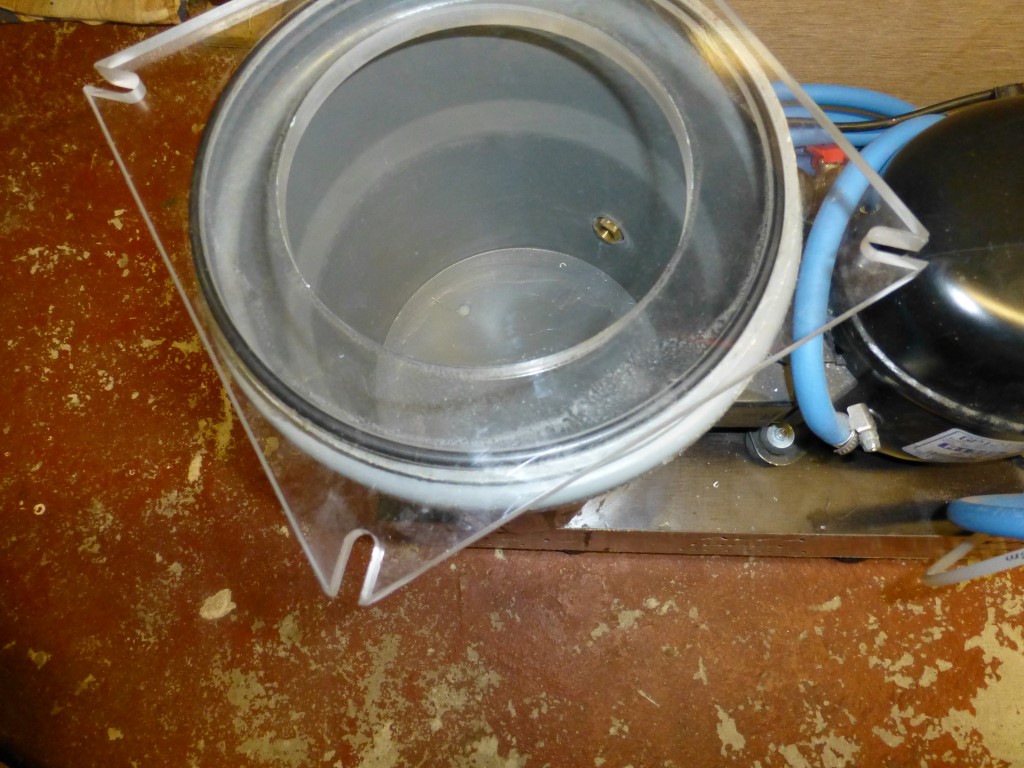


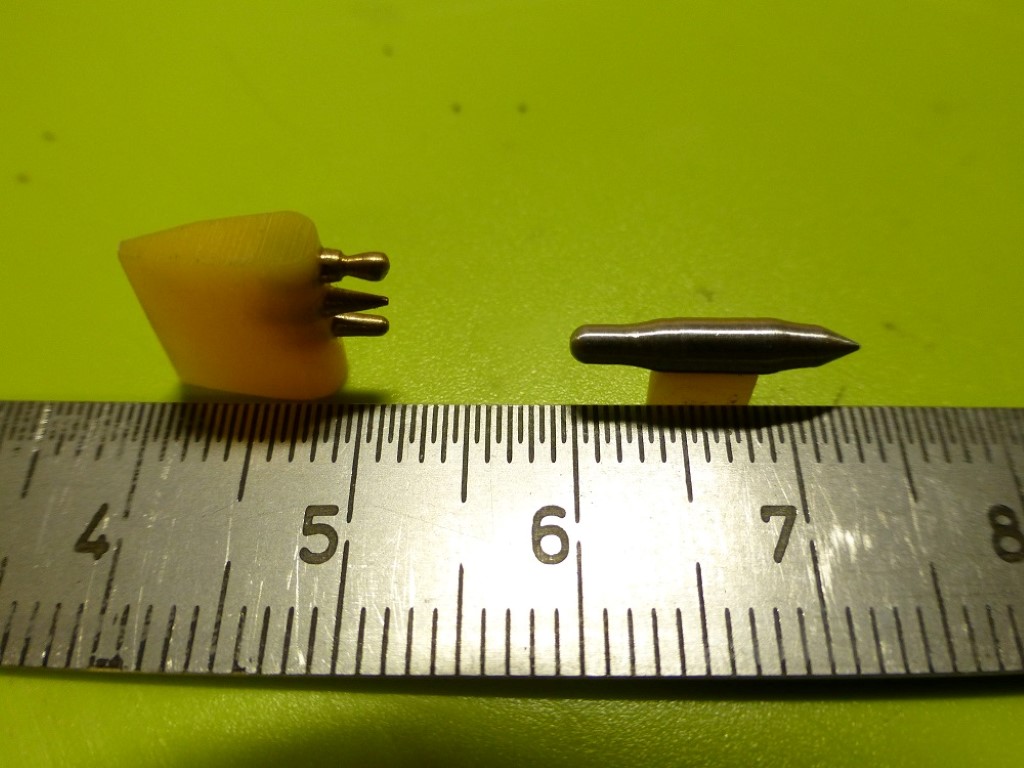

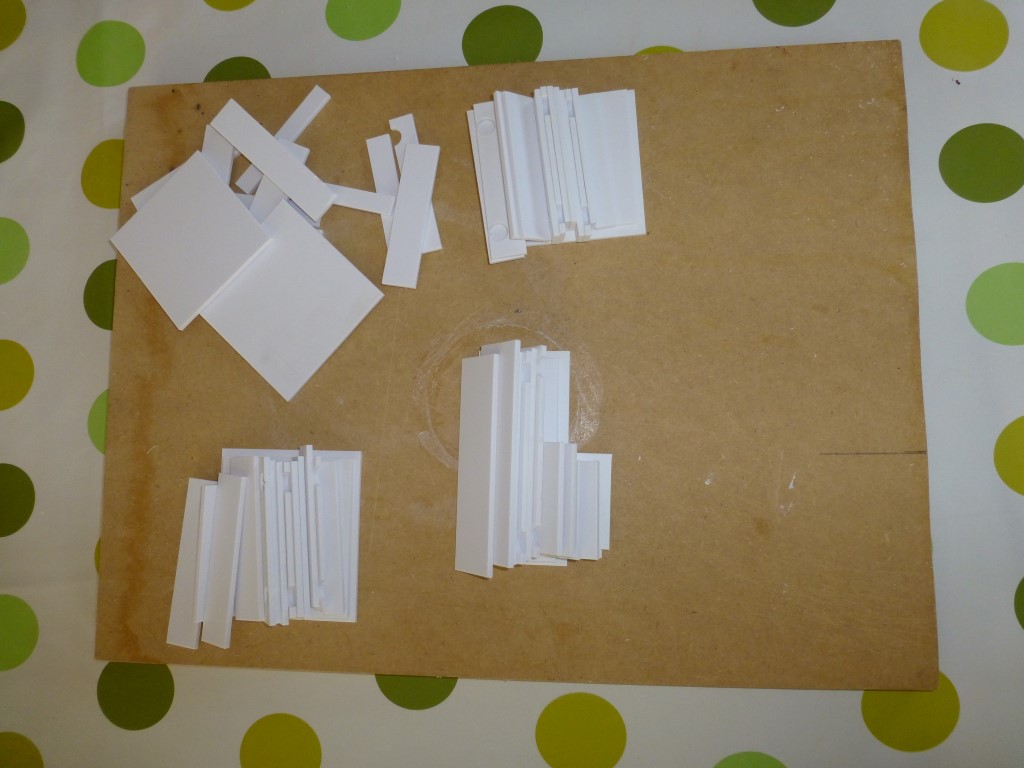
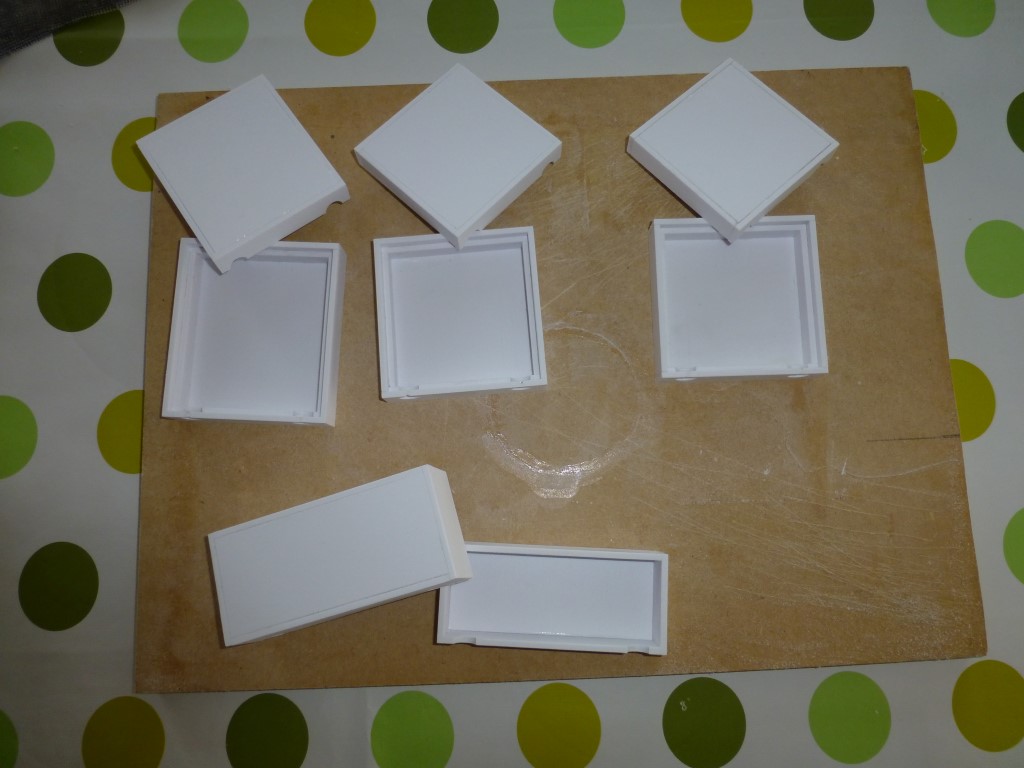

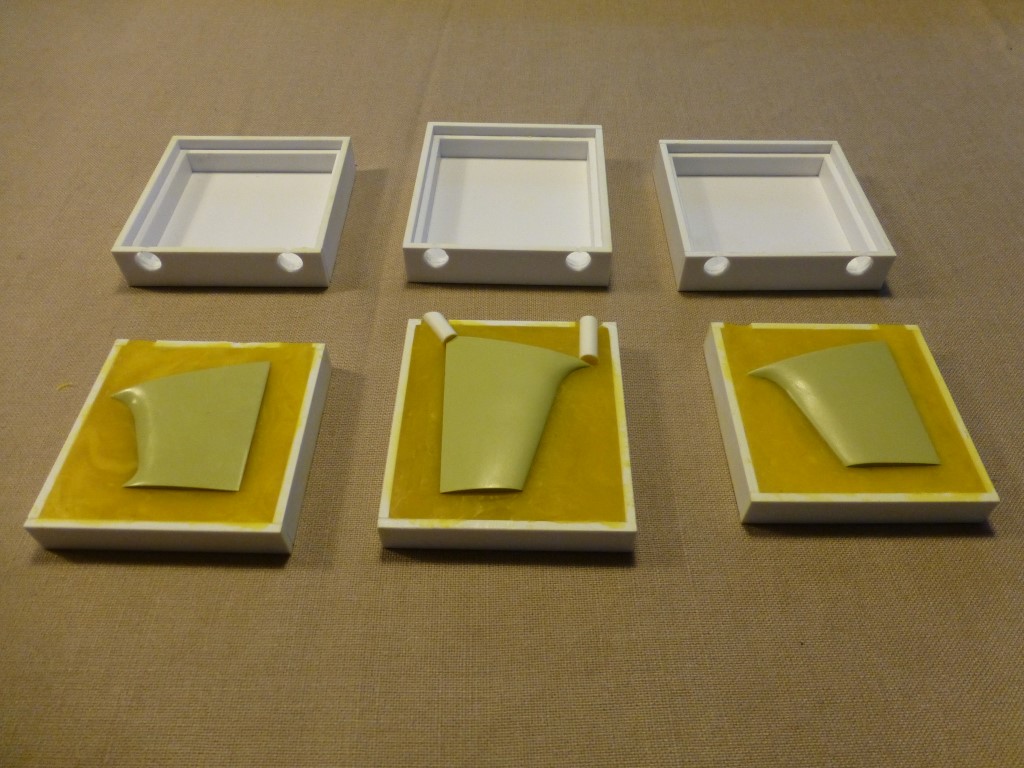
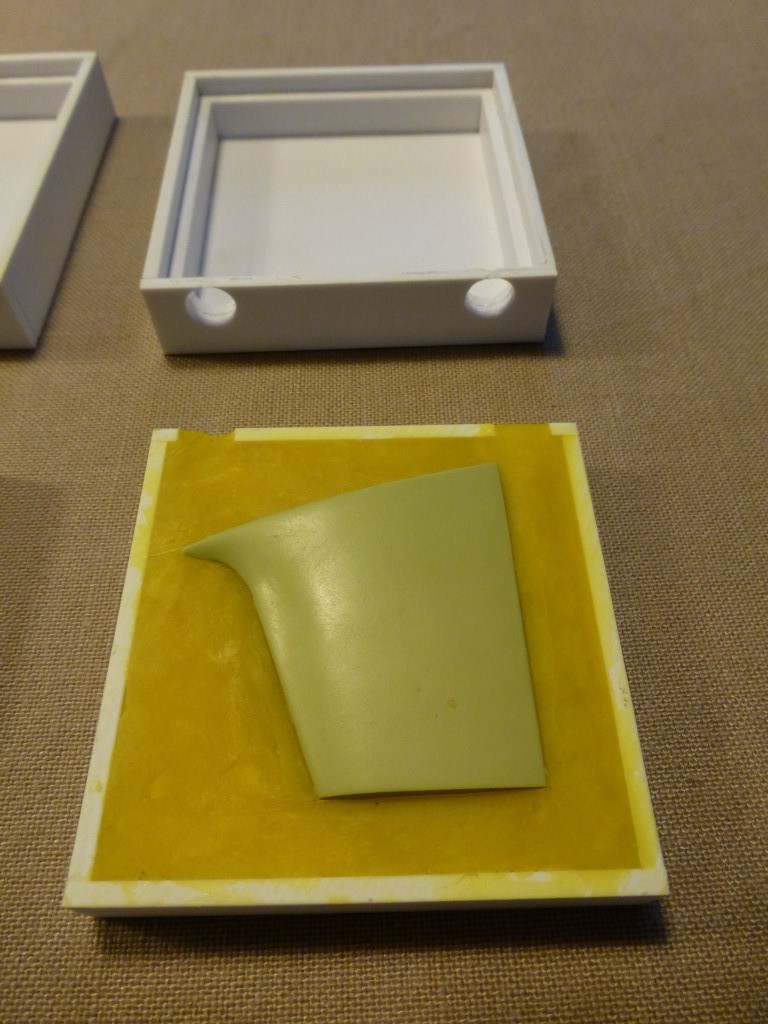
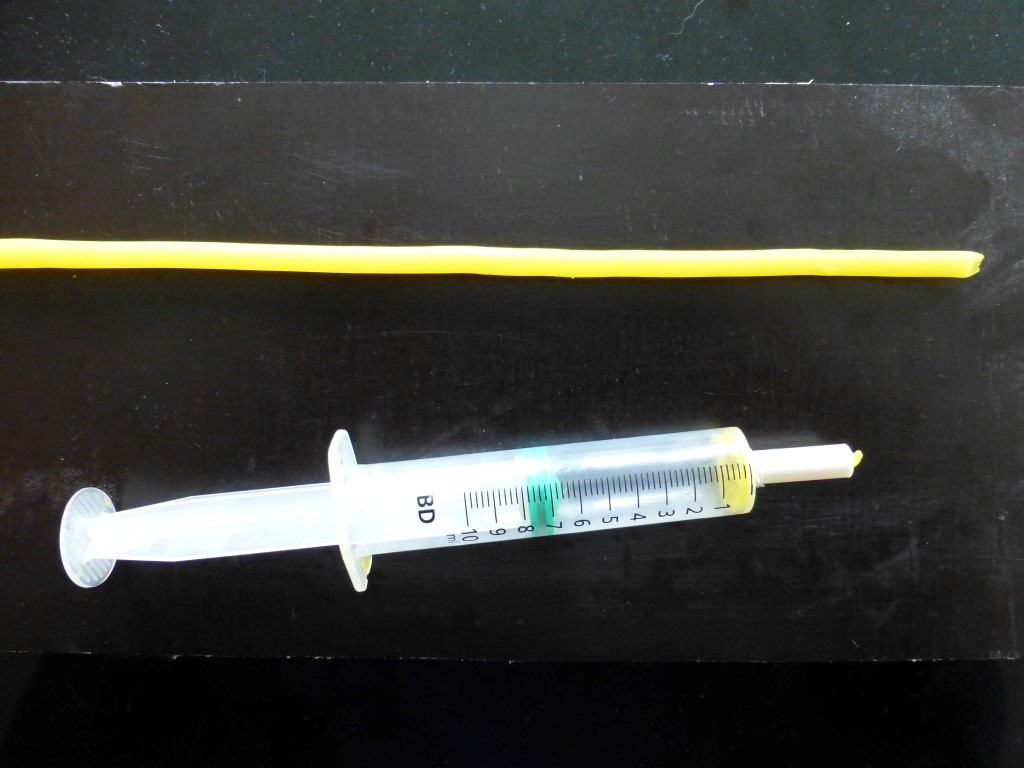

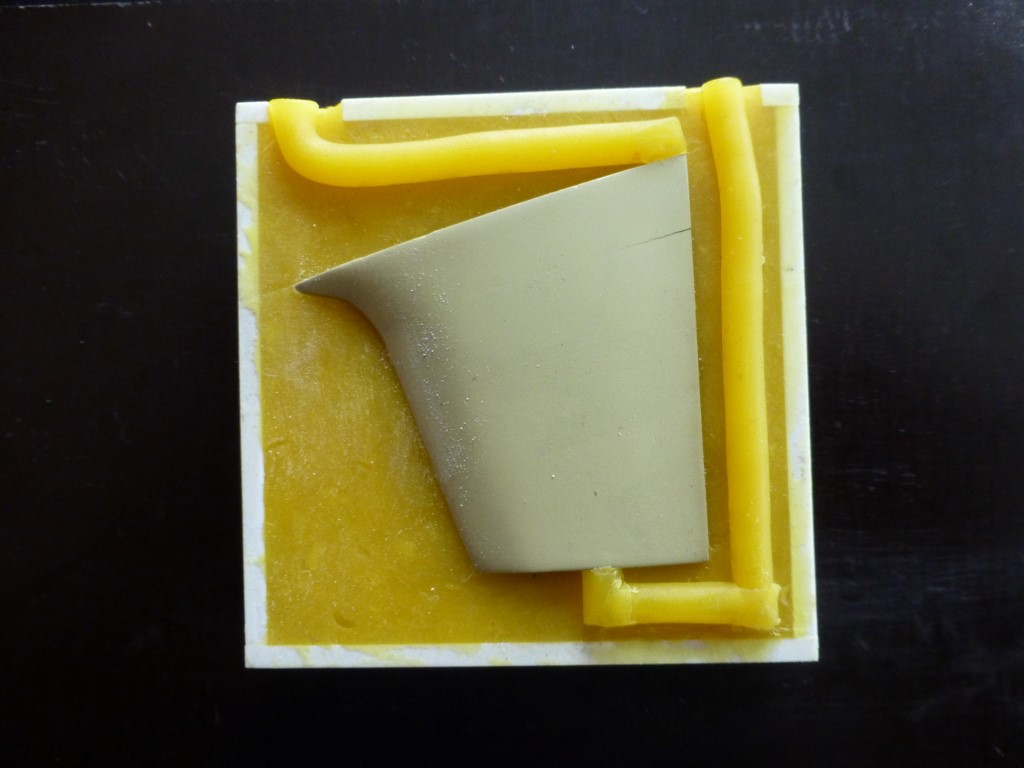
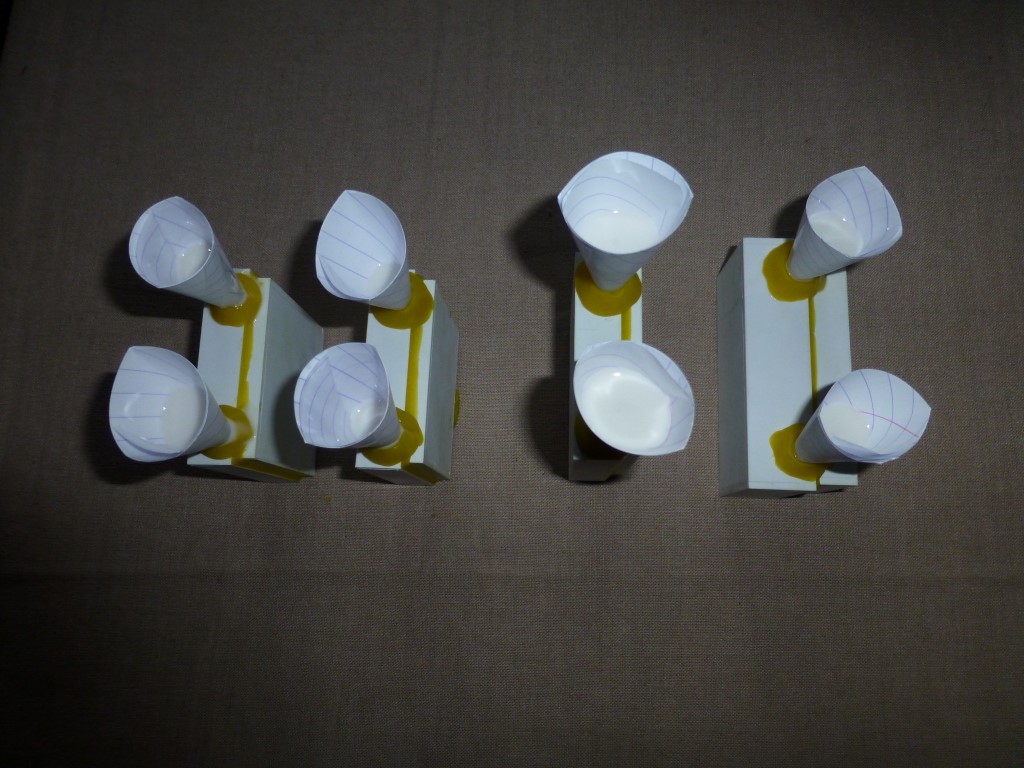
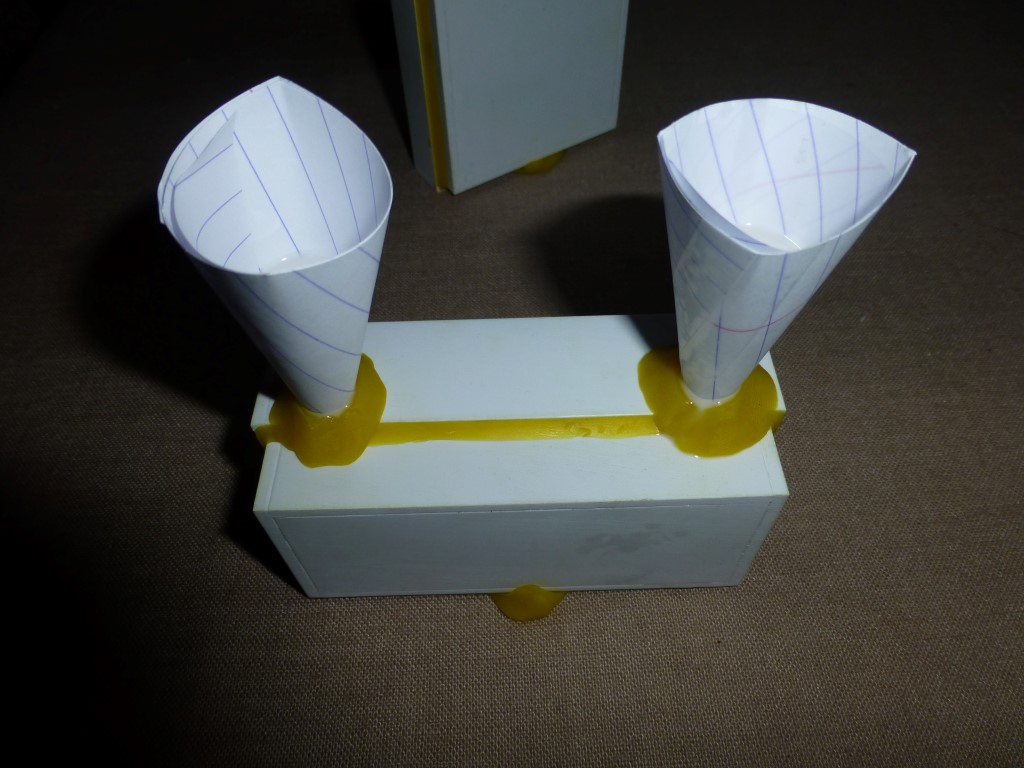
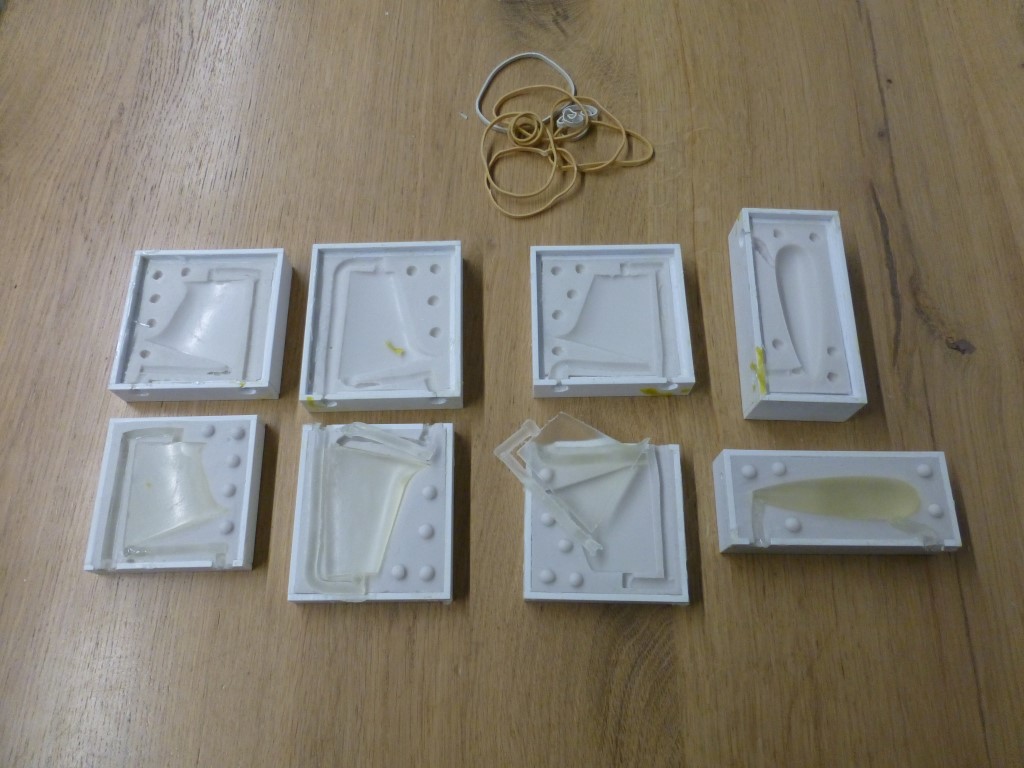

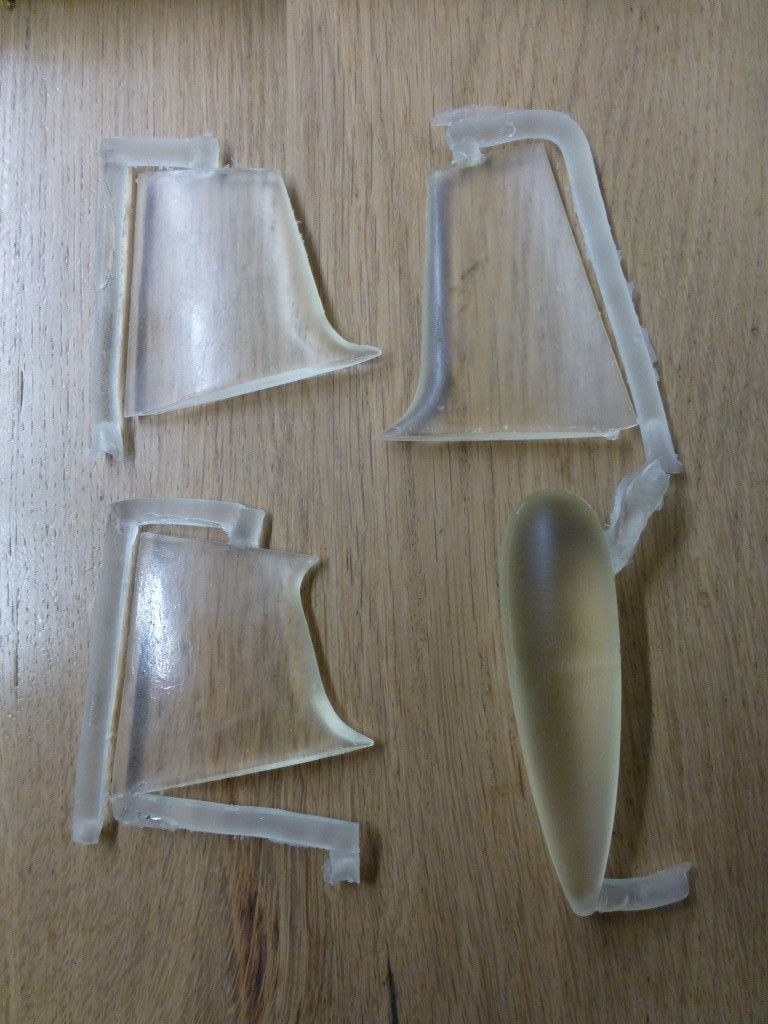

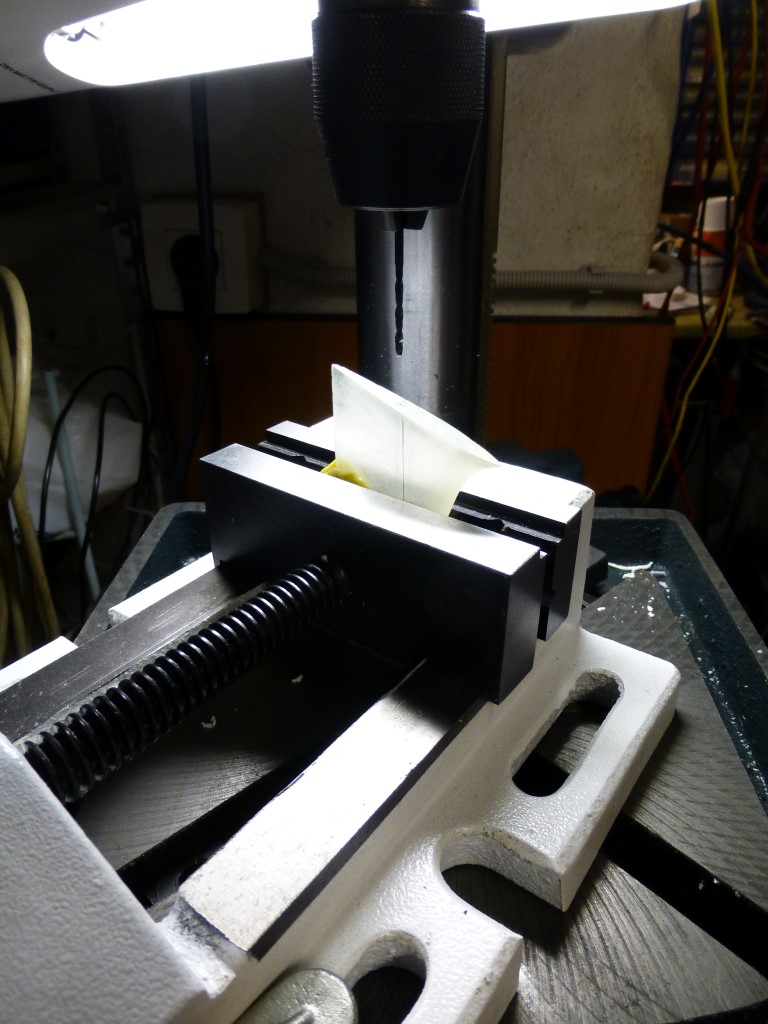



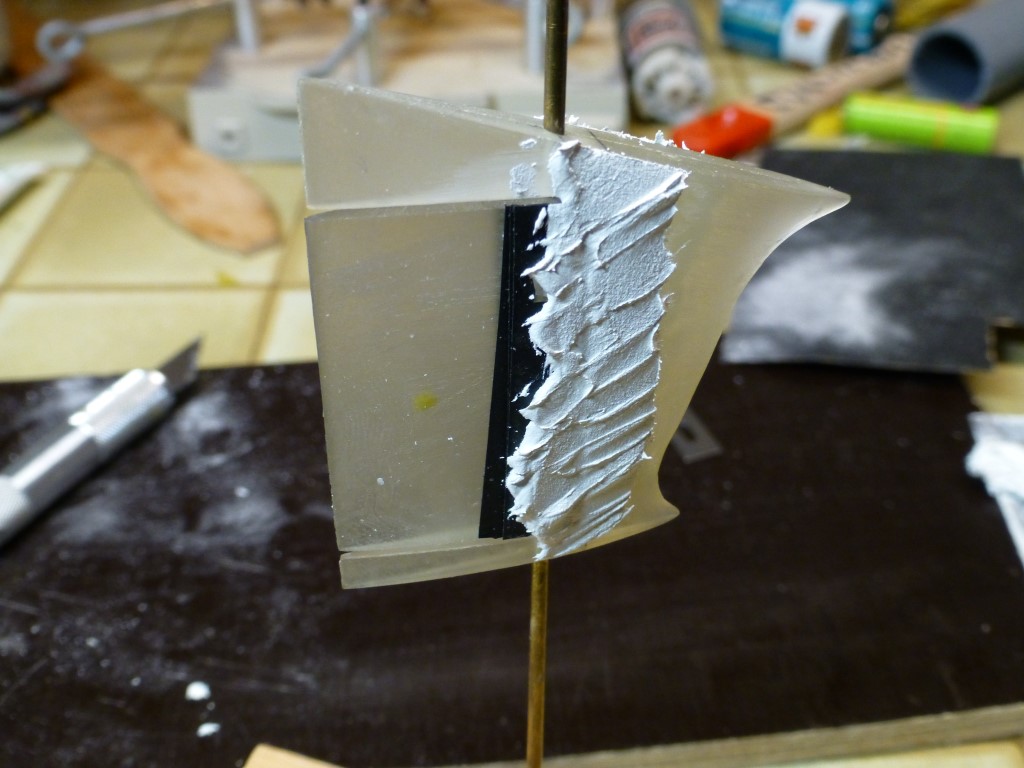
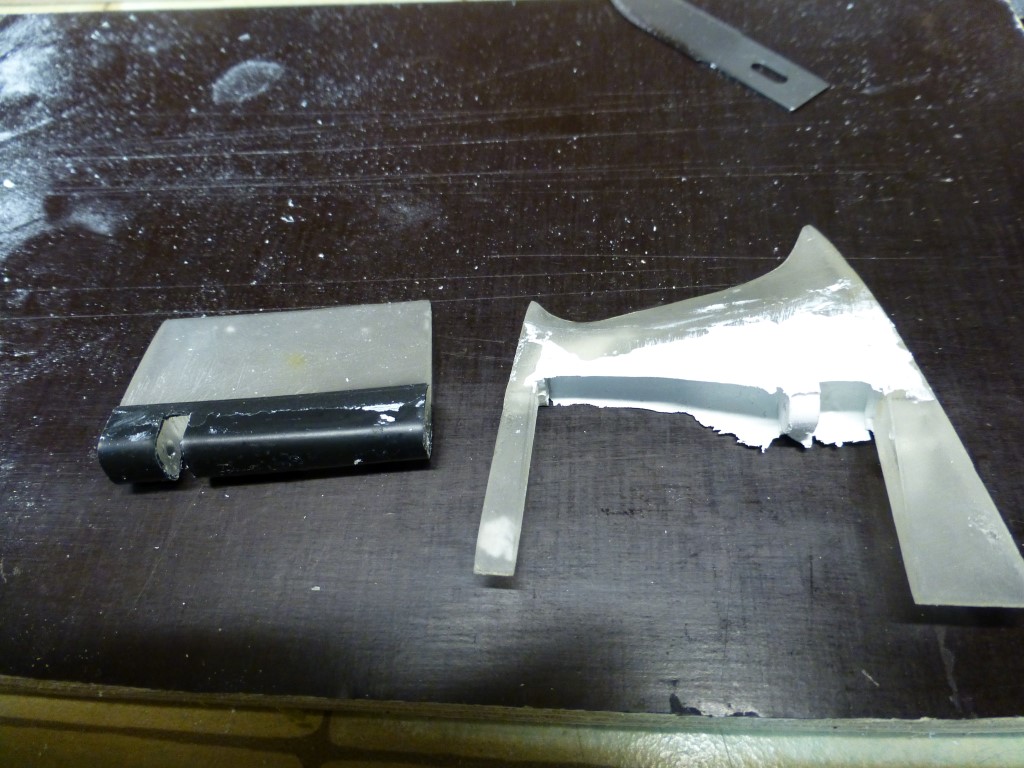

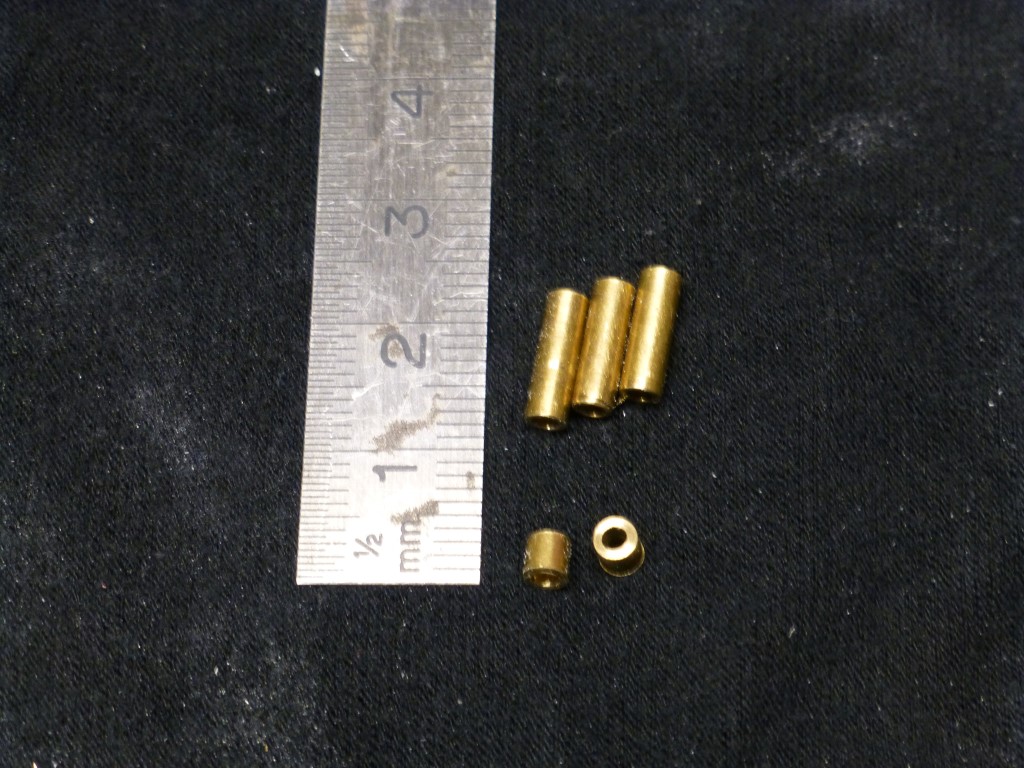
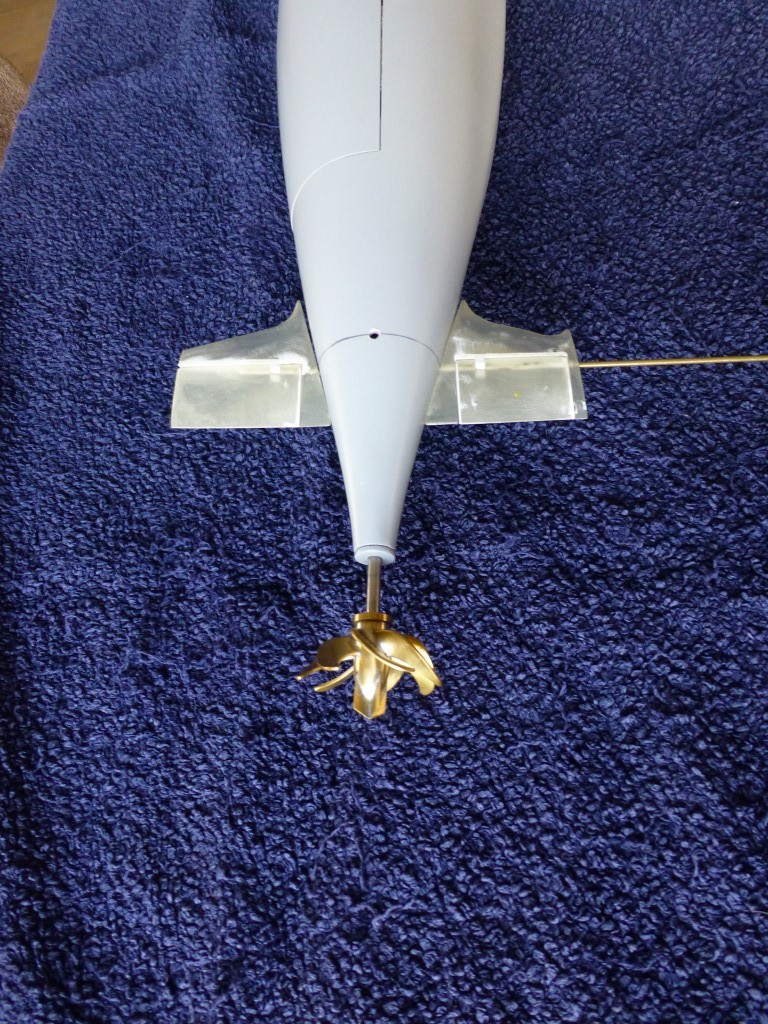
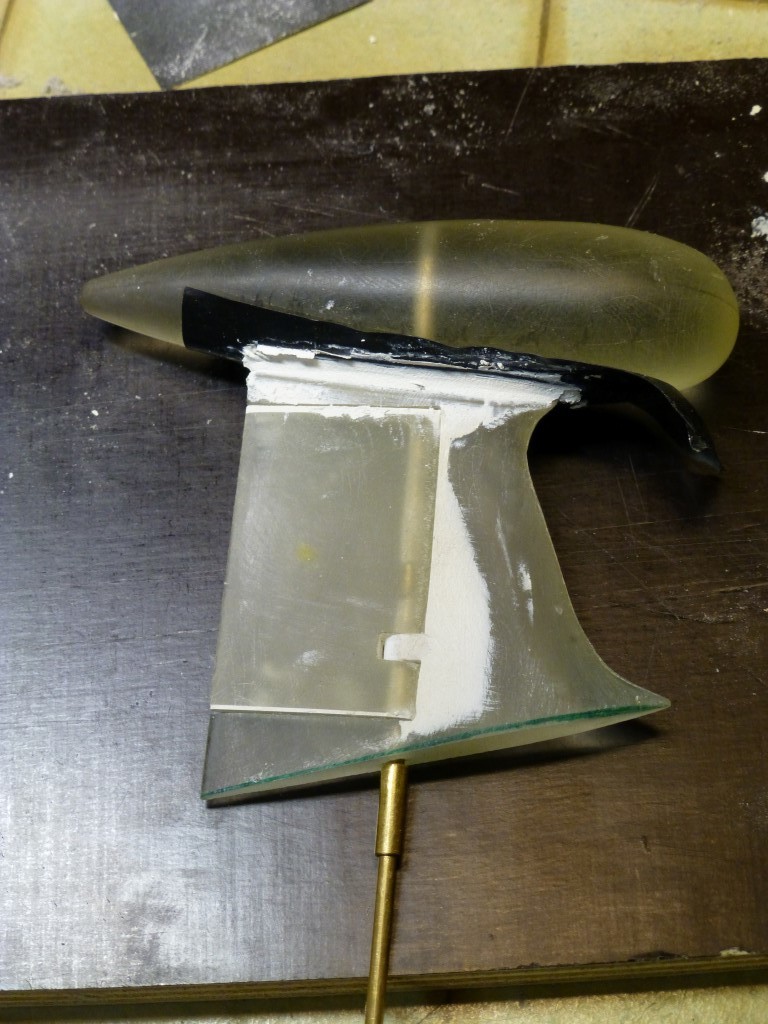
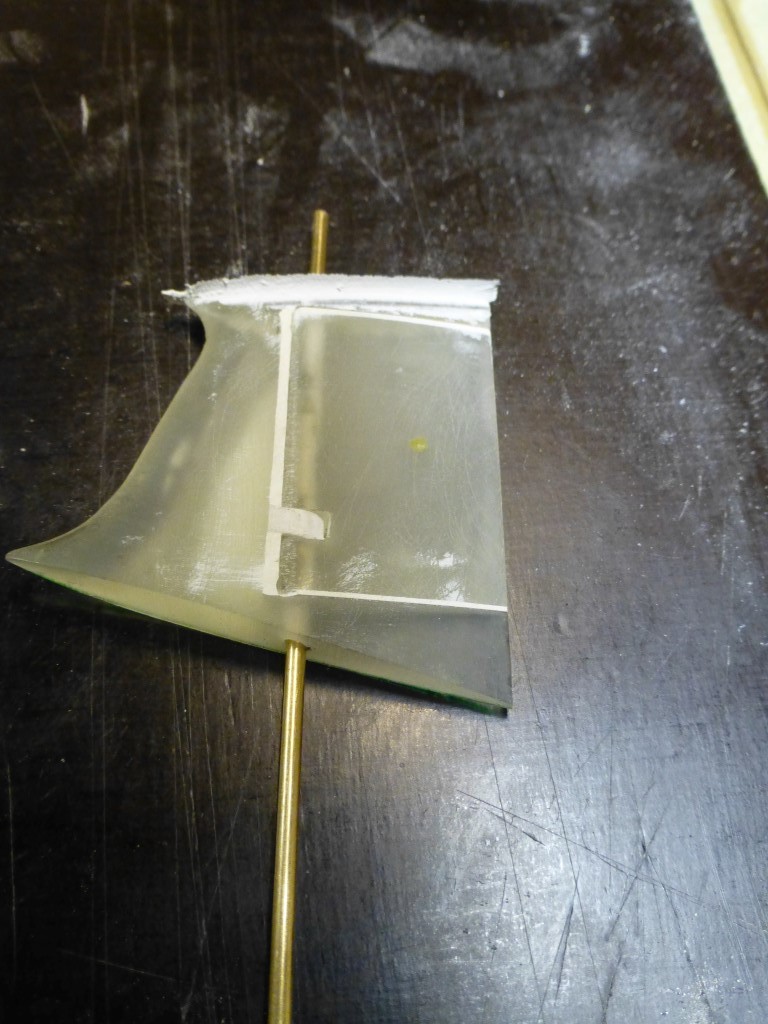
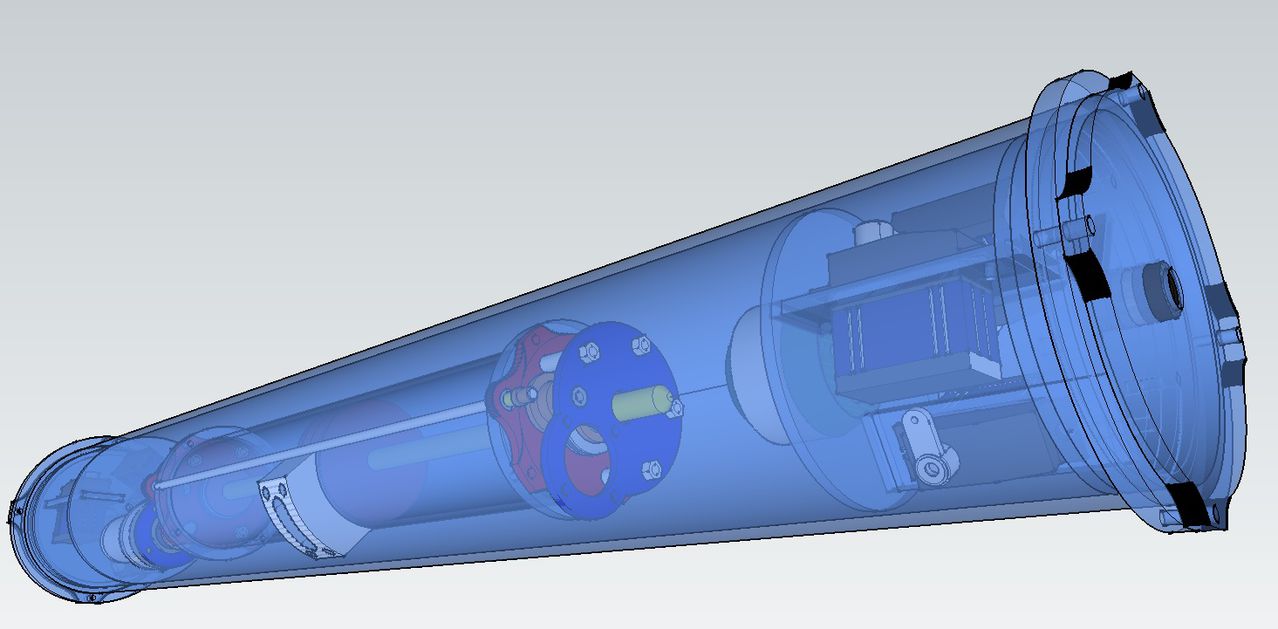











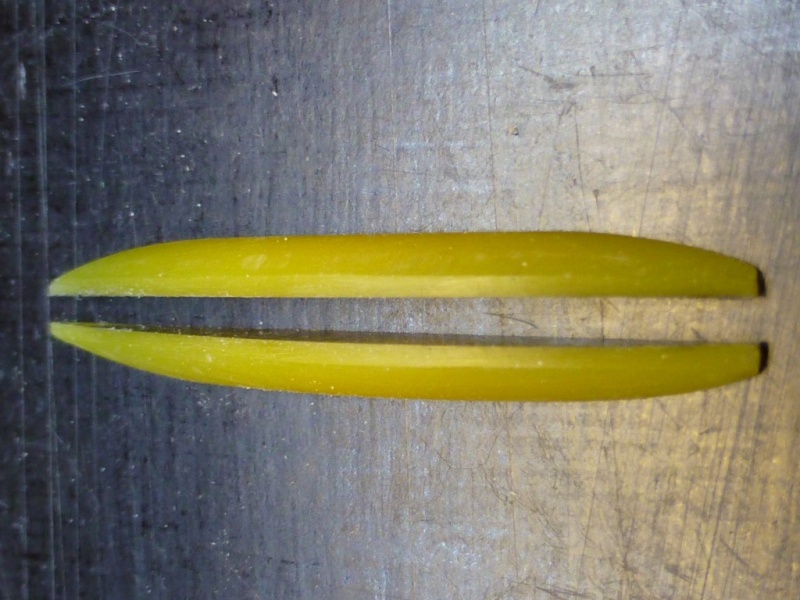


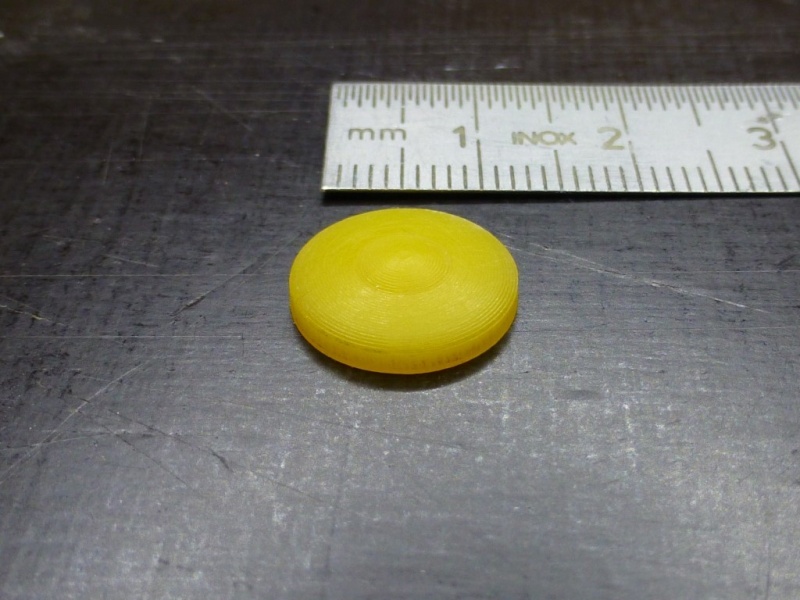











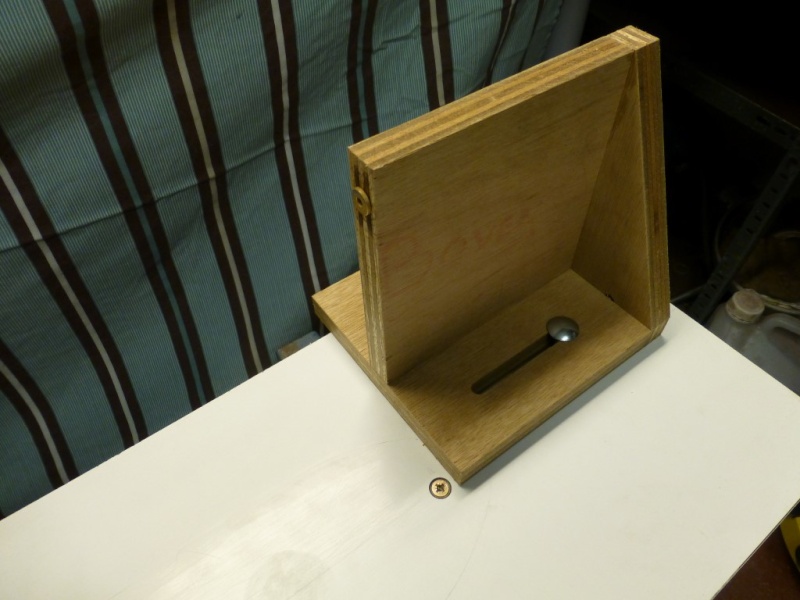




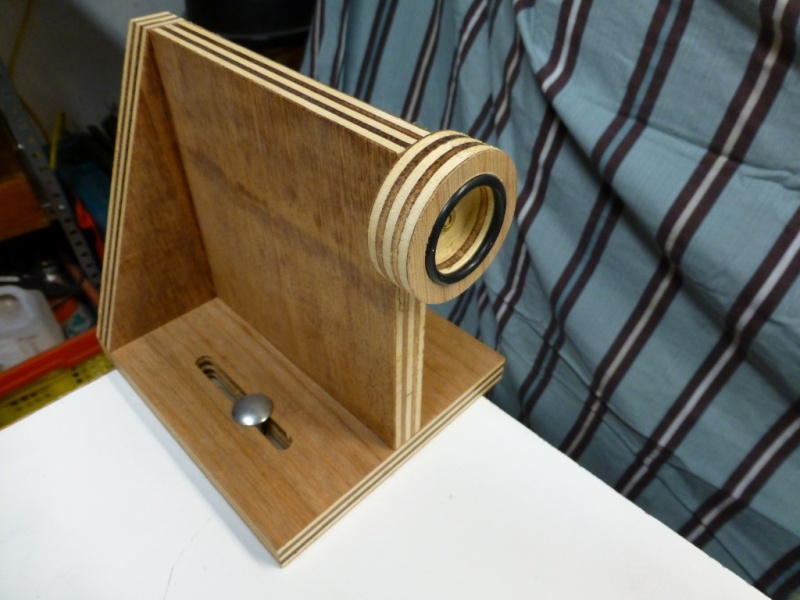

















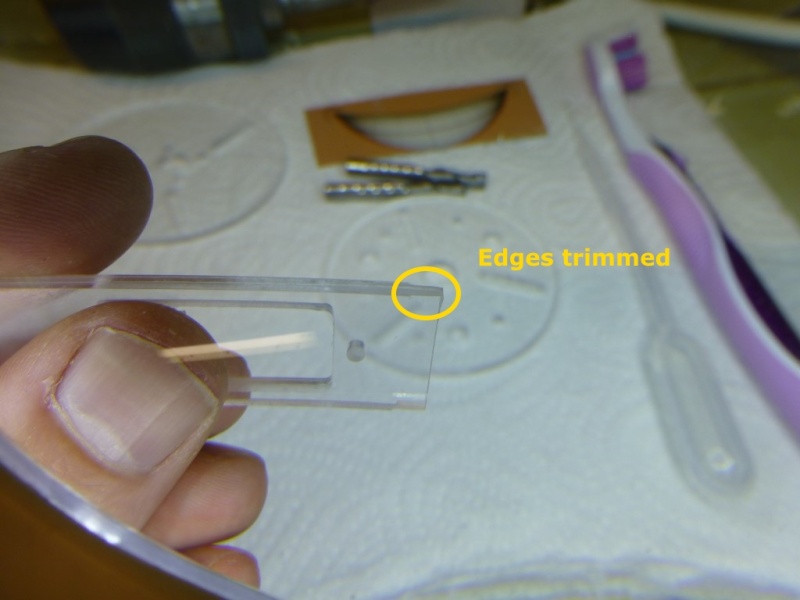

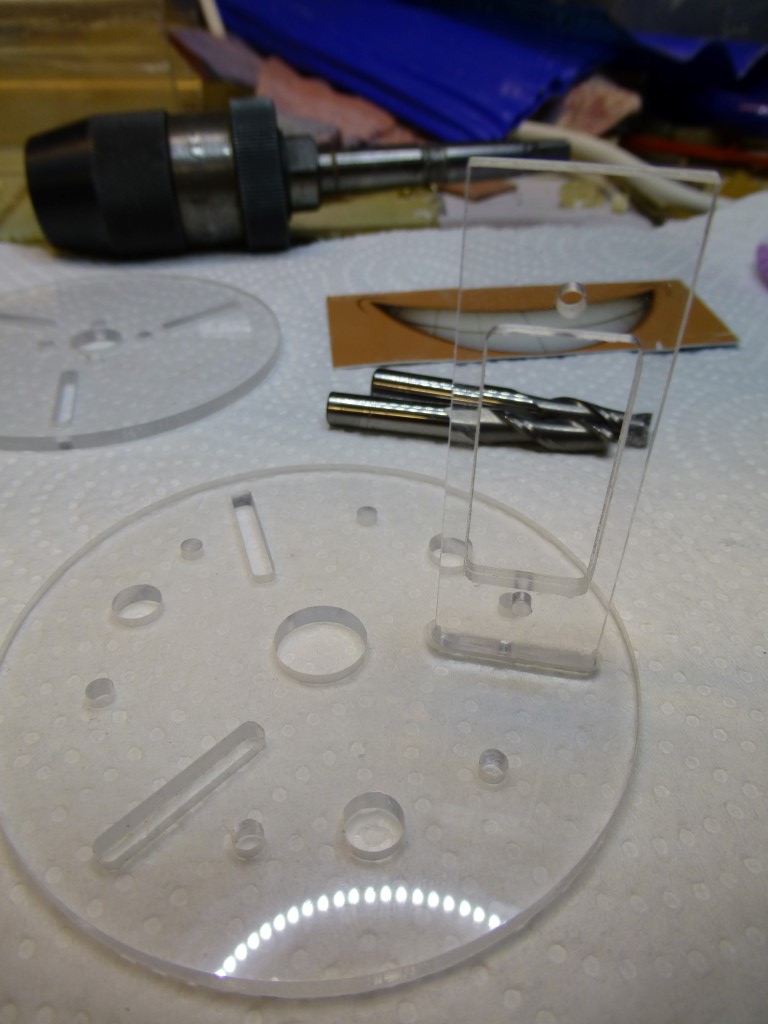

























» RC Drift Gyro for pitch control
» WW2 mini sub build
» sonar data link
» Robbe Seawolf V2
» ExpressLRS - 868/915 Mhz equipment
» Flight controllers as sub levelers
» 868/915 Mhz as a viable frequency for submarines.
» Microgyro pitch controller corrosion